Haz clic aquí para leer en español
Written by Neon
[youtube https://www.youtube.com/watch?v=L0rjl-5qCLo&w=560&h=315]
Our journey down to the Maranon River began with a long car ride- from Huaraz; we went east over the mountains and down to the river. Our guide (and now friend) Ben had heard a tunnel along our way might be closed for repairs, so we weren’t sure when to leave. We decided on mid-morning, hoping to get to the construction area just in time for the workers’ lunch break. We left Huaraz in a timely manner and the car trip went as smoothly as car trips in Peru go. We arrived at the tunnel and there was no one there! It turns out the construction was on the eastern side; thankfully, we only had to wait thirty minutes or so before we made it through. On to the river!
We arrived at the put-in area early evening and spent the rest of the day sorting gear, inflating boats, rigging boats, eating, and getting to know one another. Having seven other people to interact with was far different than the one I was used to. Though sometimes overwhelming, it was nice to speak English once again and get to know the people we’d be spending the next month with. The crew consisted of two Peruvians (Luigi and Pablo), two Australians (Ben and Richard), and four Americans (Jessie, Cloudbuster, Fidgit, and myself). We headed to bed after a filling meal, each choosing our favorite section of beach and crawling into sleeping bags.
The next morning, I was excited to get on the river, though there was more rigging and packing to do. We had two rafts and two kayaks. One raft was for most of our gear and food, with Pablo at the oars. The other raft was for our personal dry bags, four humans with paddles, and Ben at the oars. Richard and Luigi were the safety kayakers, waiting with throw ropes along rapids and helping people get back to their raft if need be.
Come mid-morning the boats were packed and ready to go. We got a lesson on swimming through rapids and we were off. Throughout the rest of the day Ben taught us how to help paddle as we drifted along with the current. The water was colder than I had anticipated and my sun shirt didn’t do much to help block the wind, so I was grateful the sun stayed out for us as we drifted/paddled along. Unfortunately, the bugs also stayed with us – we were glad to have bug spray along.
After lunch, we went through a section where the river narrows dramatically. After we were able to squeeze the rafts through, we celebrated not popping any tubes by going through a couple more rapids before camping on a sandy beach along the river’s edge.
After that the days began blurring together. Days flowed past like the water we were on, though we still kept some semblance of routine – wake up, eat breakfast, pack up the boats, go down the river to the next camp. Each rapid we hit had its own characteristics, and each side canyon we explored was unique, though the photos do a better job of depicting that than I could ever do in words. There was even one campsite with its own hot spring pool just above the sandy riverside! Over the days, my fingerprints wore off, sand got into everything, and two weeks went by in the blink of an eye. We pulled into La Balsas, ready for a town day (or two) and a shower.
Pablo stayed with the boats, as the other seven of us packed gear into Luigi’s truck and headed into Cajamarca – a five hour drive away. We spent the next couple of days doing our best to clean the sand out of, well, everywhere. We also gathered three more people to our crew – Dan and Christine came in from Philadelphia, and Steve came in from L.A. to bring us up to a team of eleven for the last week of our trip. Despite Dan and Christine’s terrible travel experience coming down (cancelled flights and being bumped all over) and some lost luggage, we all headed back to La Balsas ready to continue along the river.
Rearranging gear and adding a few people to the passenger boat added fodder for the sharing of stories from upriver as well as learning more about the new additions to our crew. We told Dan, Christine, and Steve about the rapids we had gone through/walked around/got stuck in and they shared travel stories from their previous trips – rafting or walking the Camino de Santiago or walking across Colombia.
As a crew, we were sharing a film along the way – we stopped in many towns, and Ben would go in asking if they’d like a copy he had made of ‘Confluir’. We were also doing screenings of the film in certain pueblos – some planned, some not as planned. Everyone we talked to was interested in seeing the film about the river that passed by their town, and the dams that had (to date) been effectively shut down by the powers that be. As skeptical as many of the people were of outsiders, they were also curious. I was glad we could share something with them even though we were just passing through.
Back on the river, we again settled into our routine, plus three people who were extremely helpful and easy to get along with. Each day brought a new rapid or side hike. Our first overcast day in weeks also coincided with a long river day full of rapids. We pulled into camp later than usual though still in high spirits – we certainly enjoyed the campfire that night!
Near the end of our trip, we took another river zero on a beach that Maranon Experience (the company we were able to do our rafting trip through) owned. The co-owners are working on turning it into a conservation area in the hopes that it will encourage the country of Peru and international businesses to stop trying to dam Rio Maranon. The land had a creek running through it with many pools for swimming. We were able to sit in the pools during the heat of the afternoon, talking and enjoying each other’s company.
The last day of our river trip was like any other- get up, eat, pack up the boats, get on the river. The difference was at the take out – we broke down everything and separated out gear before heading into Jaen. It was all surreal to me – we had become accustomed to the routine of the river and suddenly we were no longer on it. I had trouble walking on flat land and needed time to process the amazing river journey, as well as the people I had come to call friends over the past month.
All of us stayed together in Jaen, drawing out the goodbyes and cherishing our last moments together (for now) as we reminisced and planned ahead. Slowly, people began departing – Steve left for LA; the next day Dan, Christine, and Cloudbuster all left to head back to the States. Later that day Ben and Richard headed out to explore a nearby creek. Fidgit and I took a day and walked 38km along the road into Jaen to finish up Peru. Jessi and Luigi stopped by to say their farewells after breakfast the next day. Fidgit and I then began making our way back up to where we had walked to in Ecuador, our heartstrings being tugged in so many directions. Sadness, emptiness, feelings of accomplishment, and anticipation were just a few of the emotions I was flitting between as we crossed into Ecuador.
Click here to visit Neon’s blog page

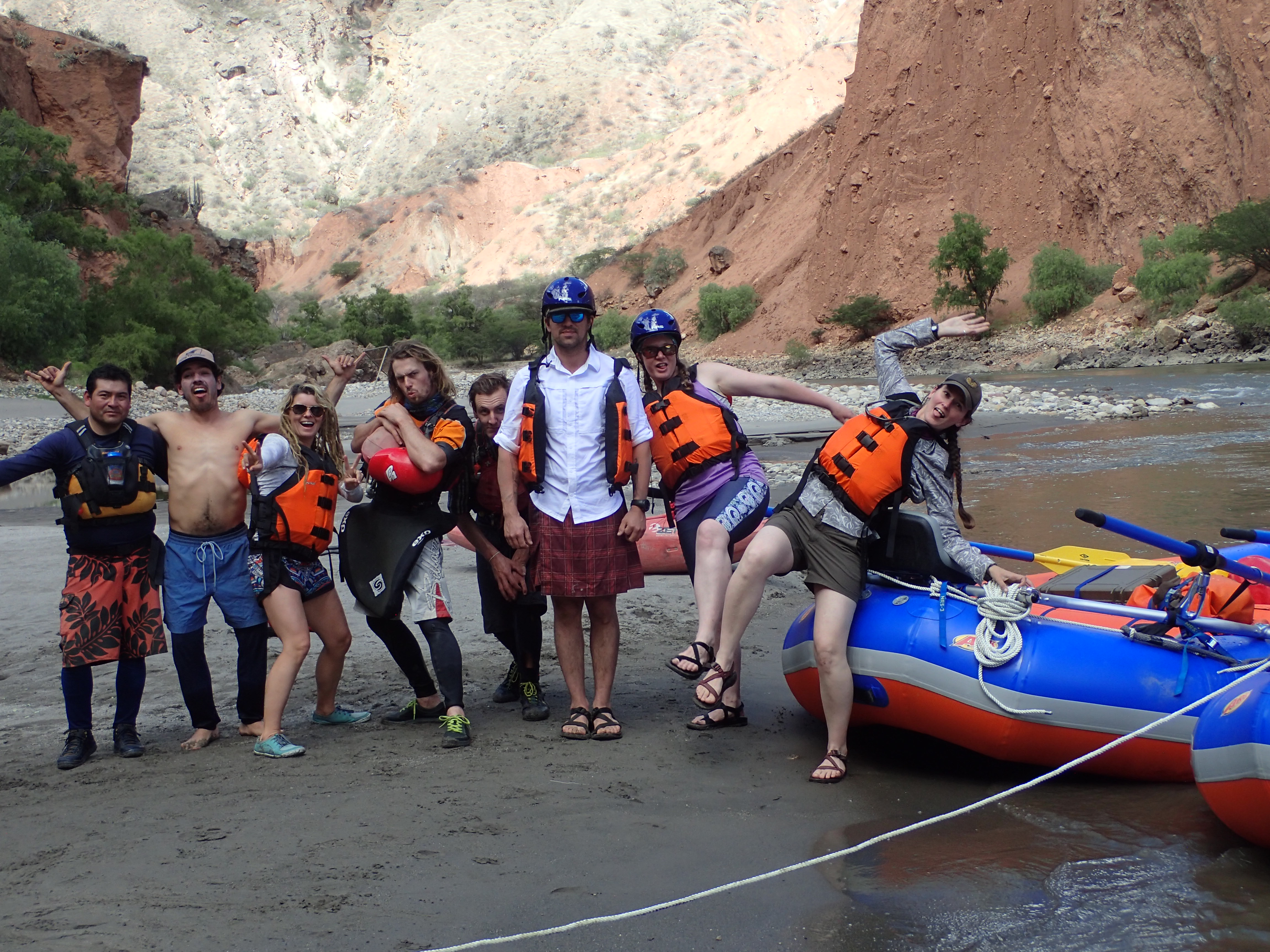
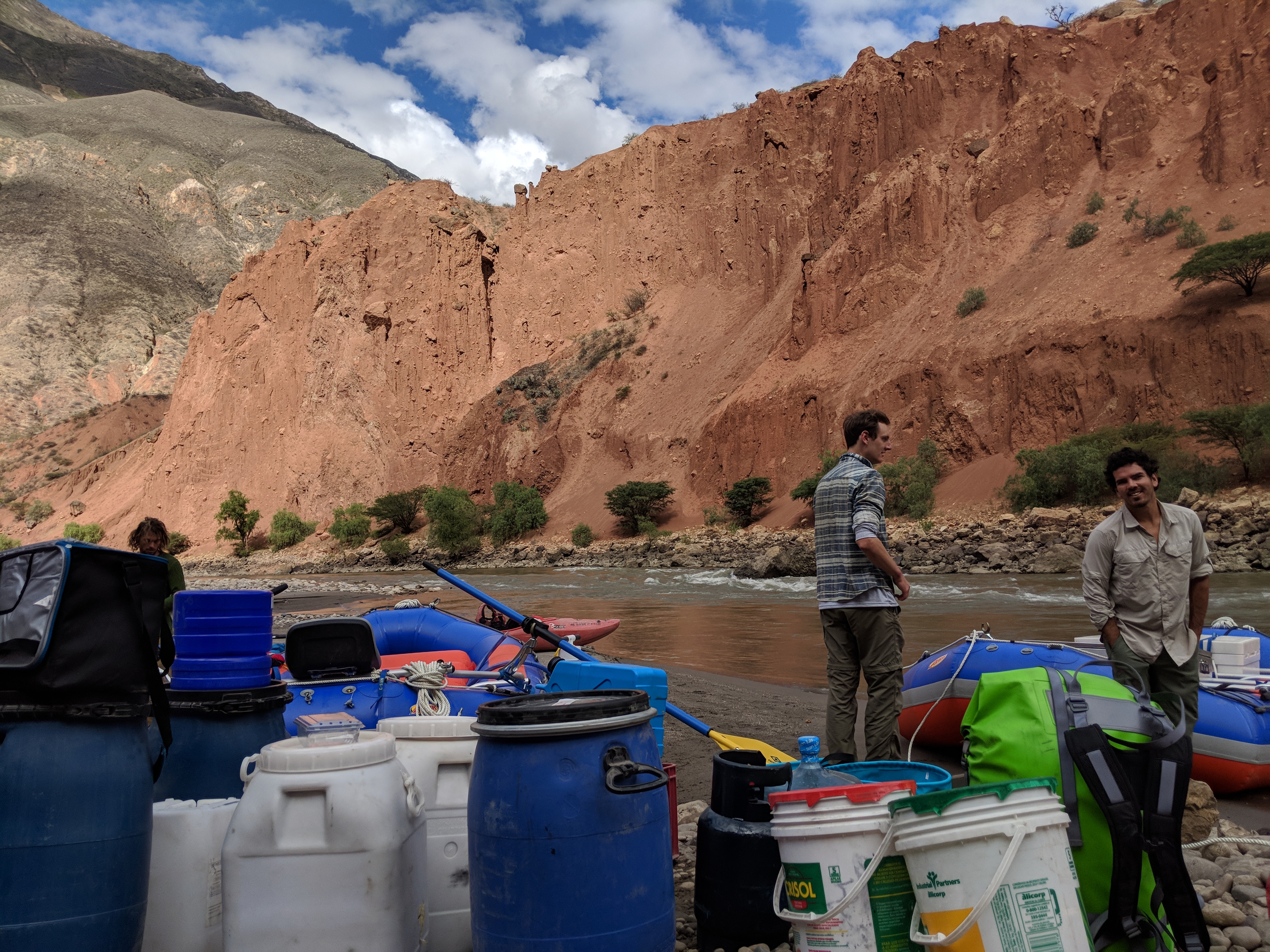


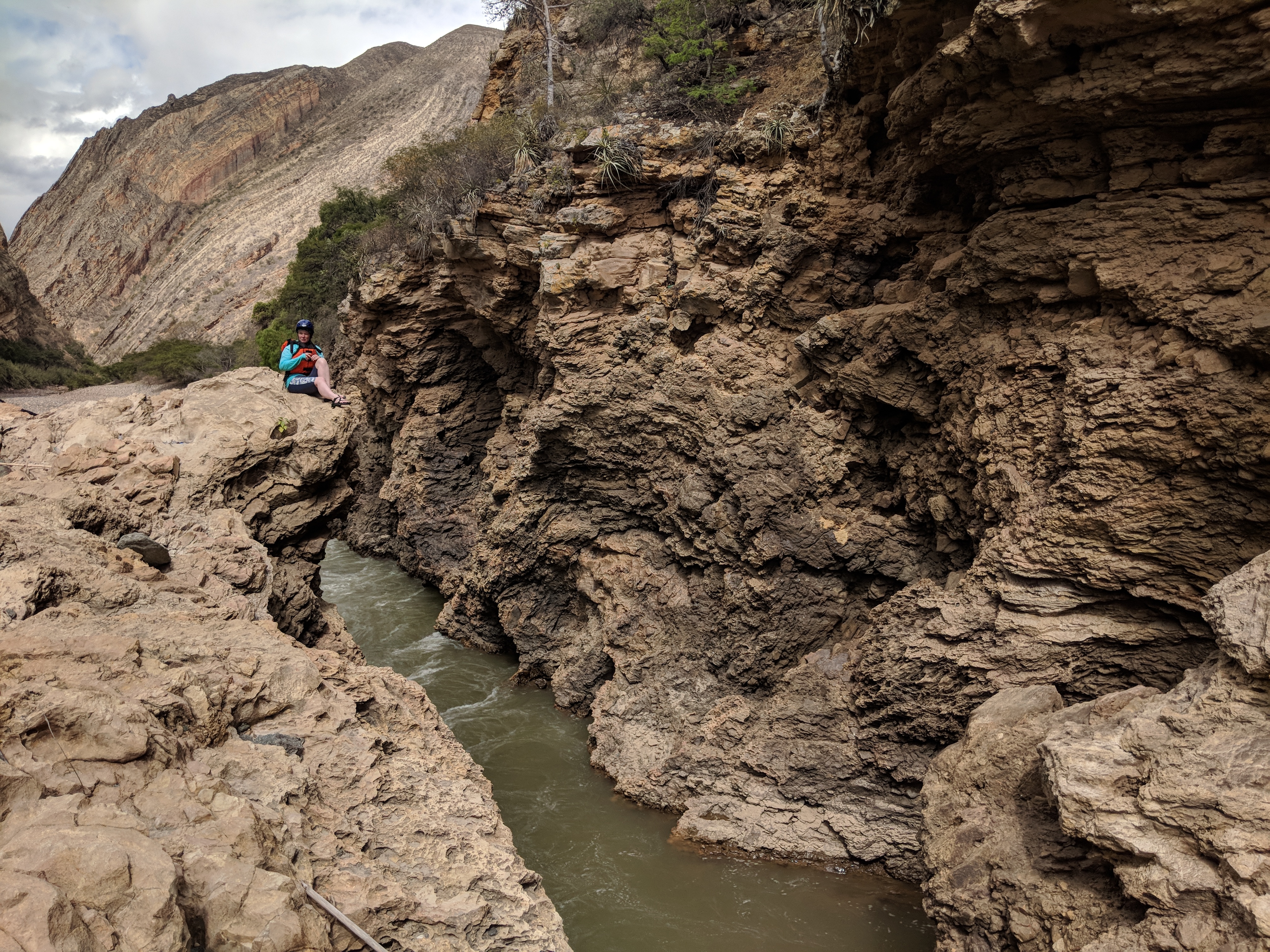
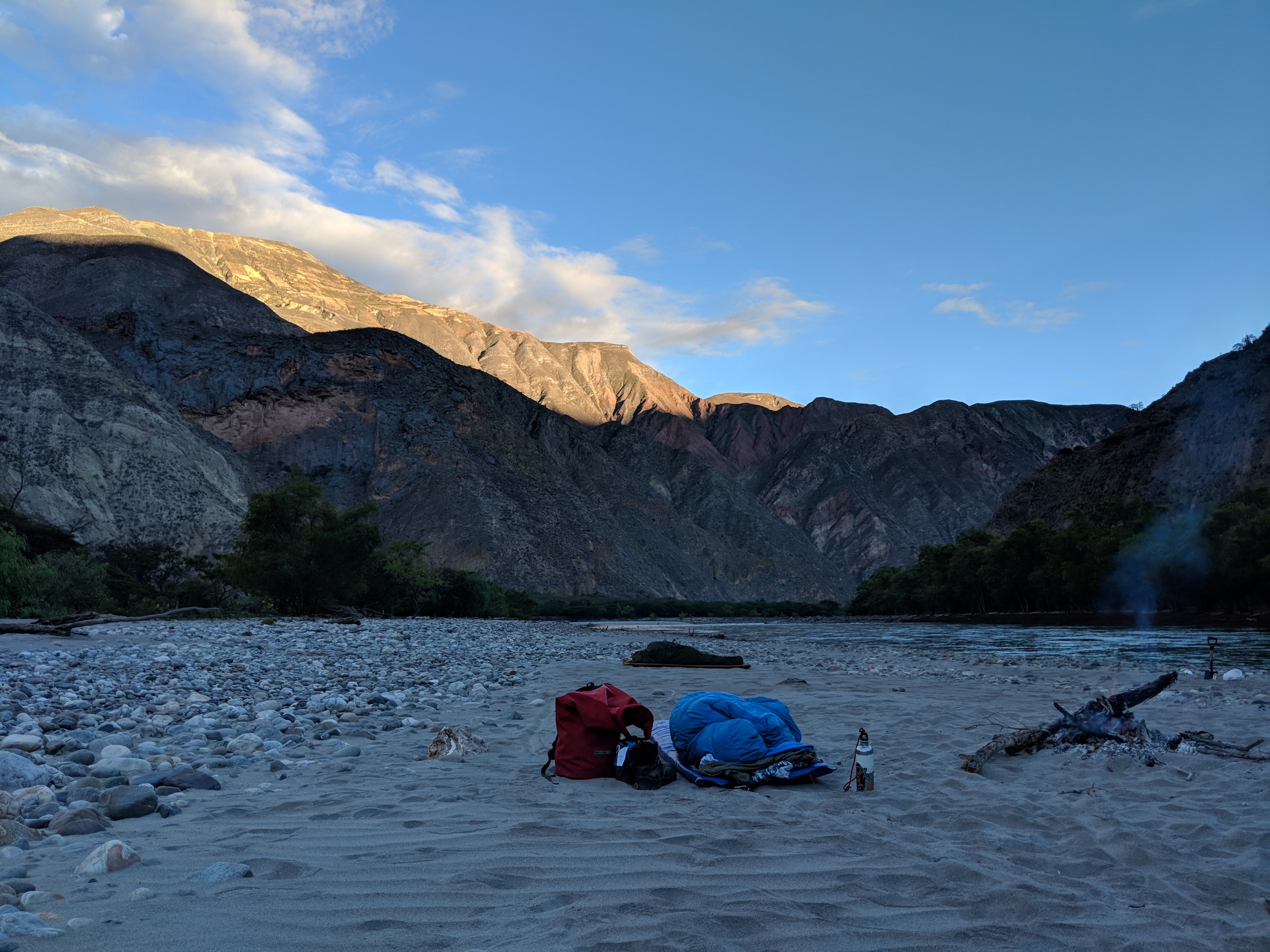
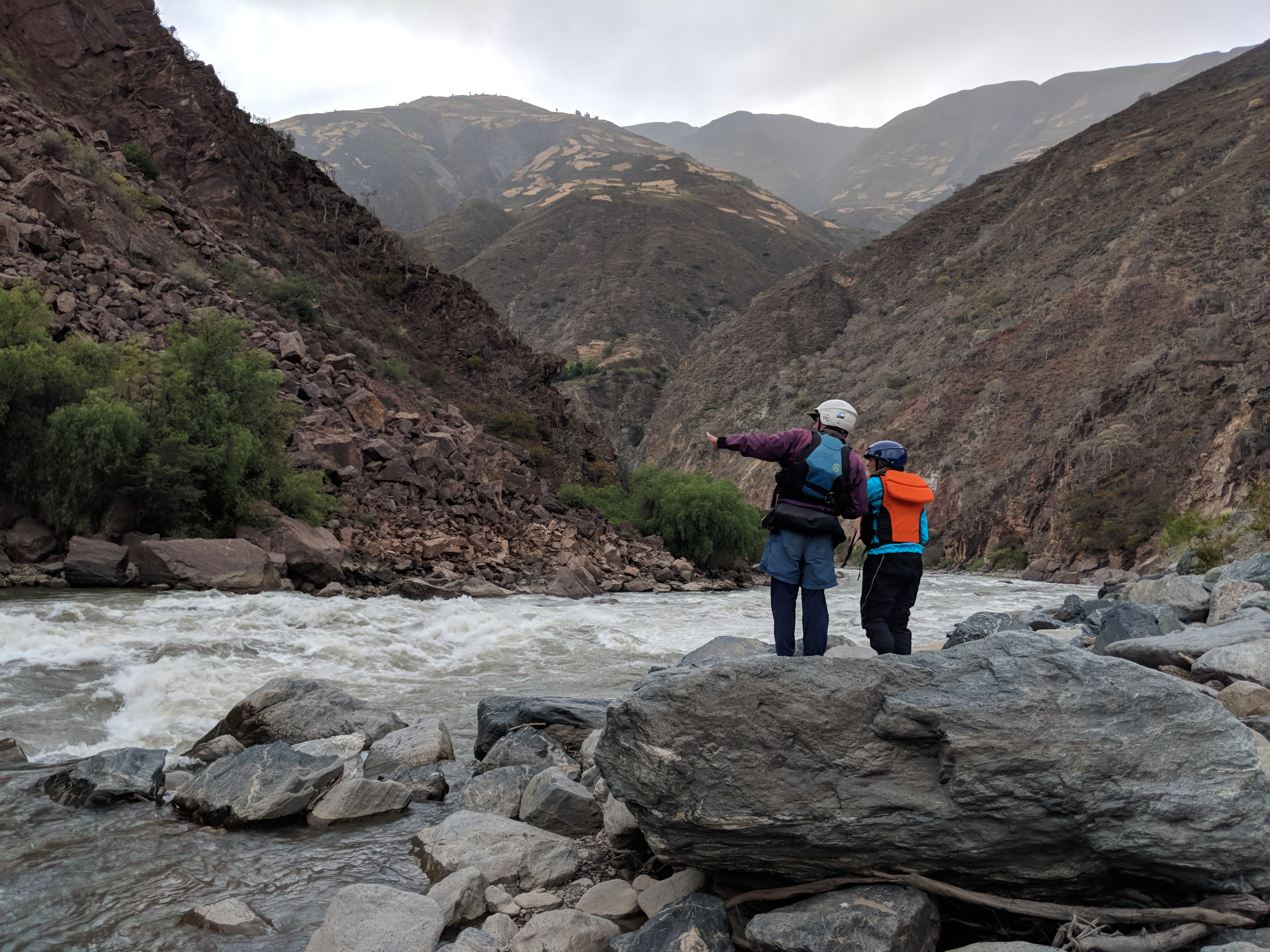
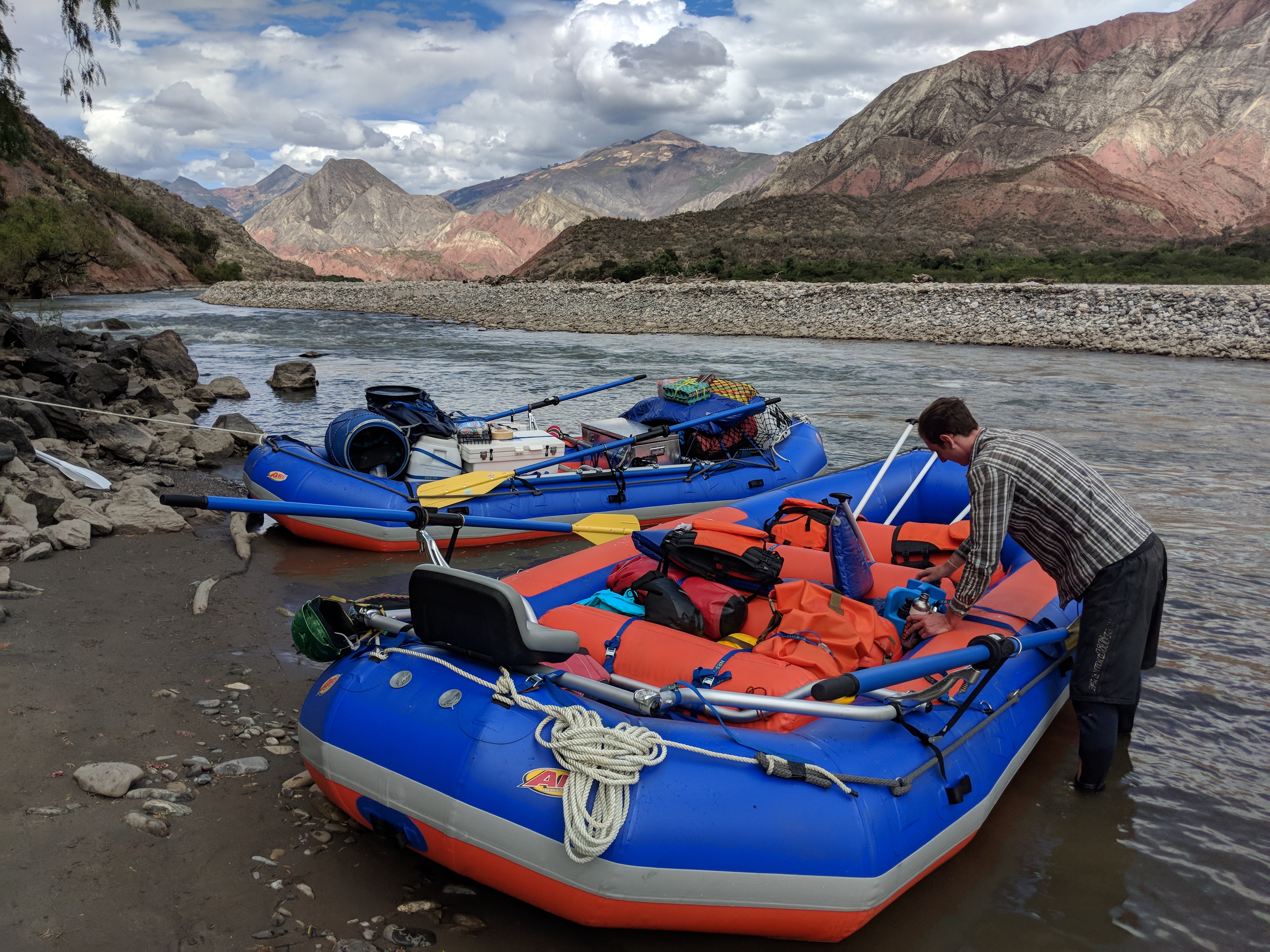
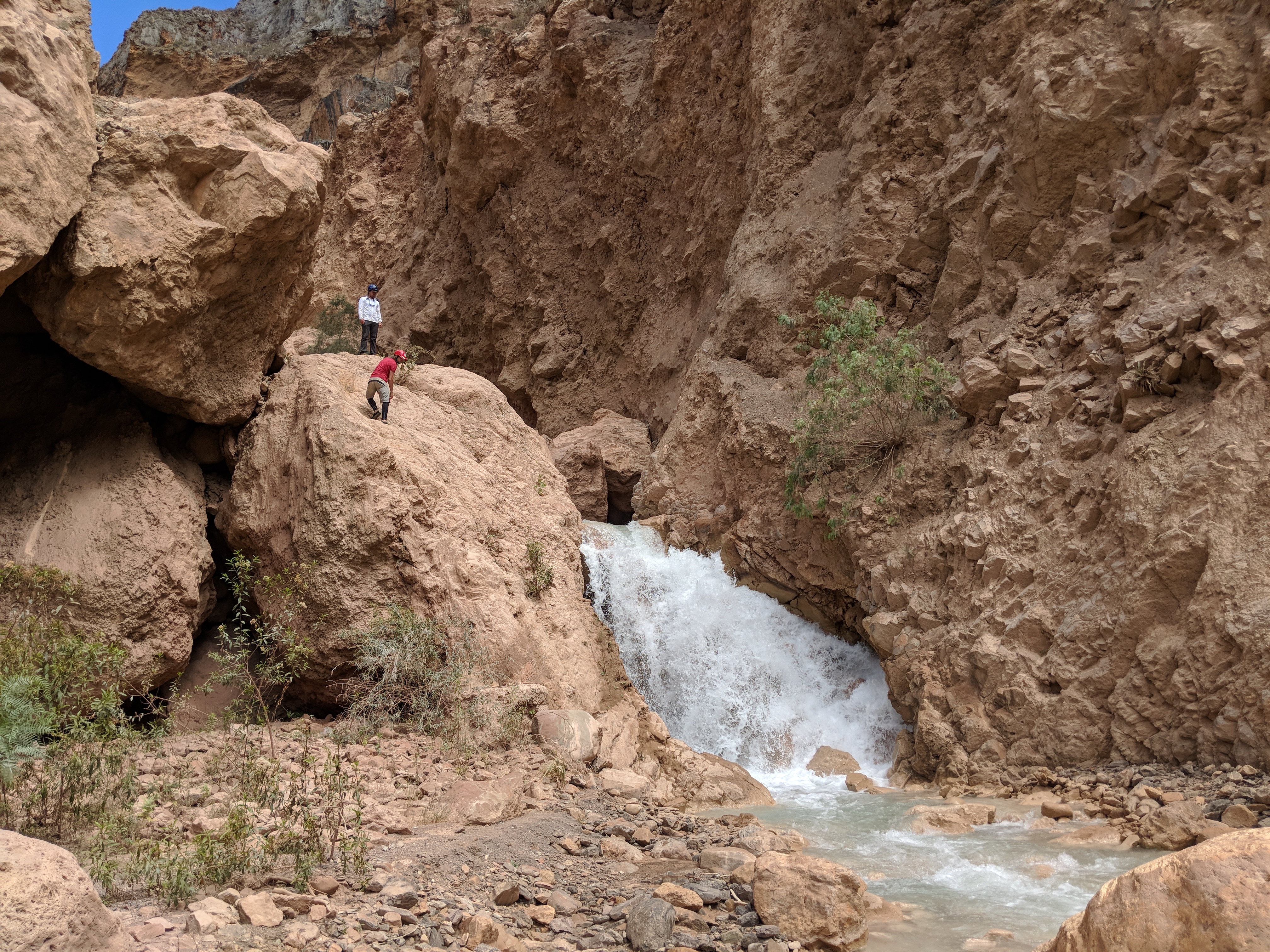
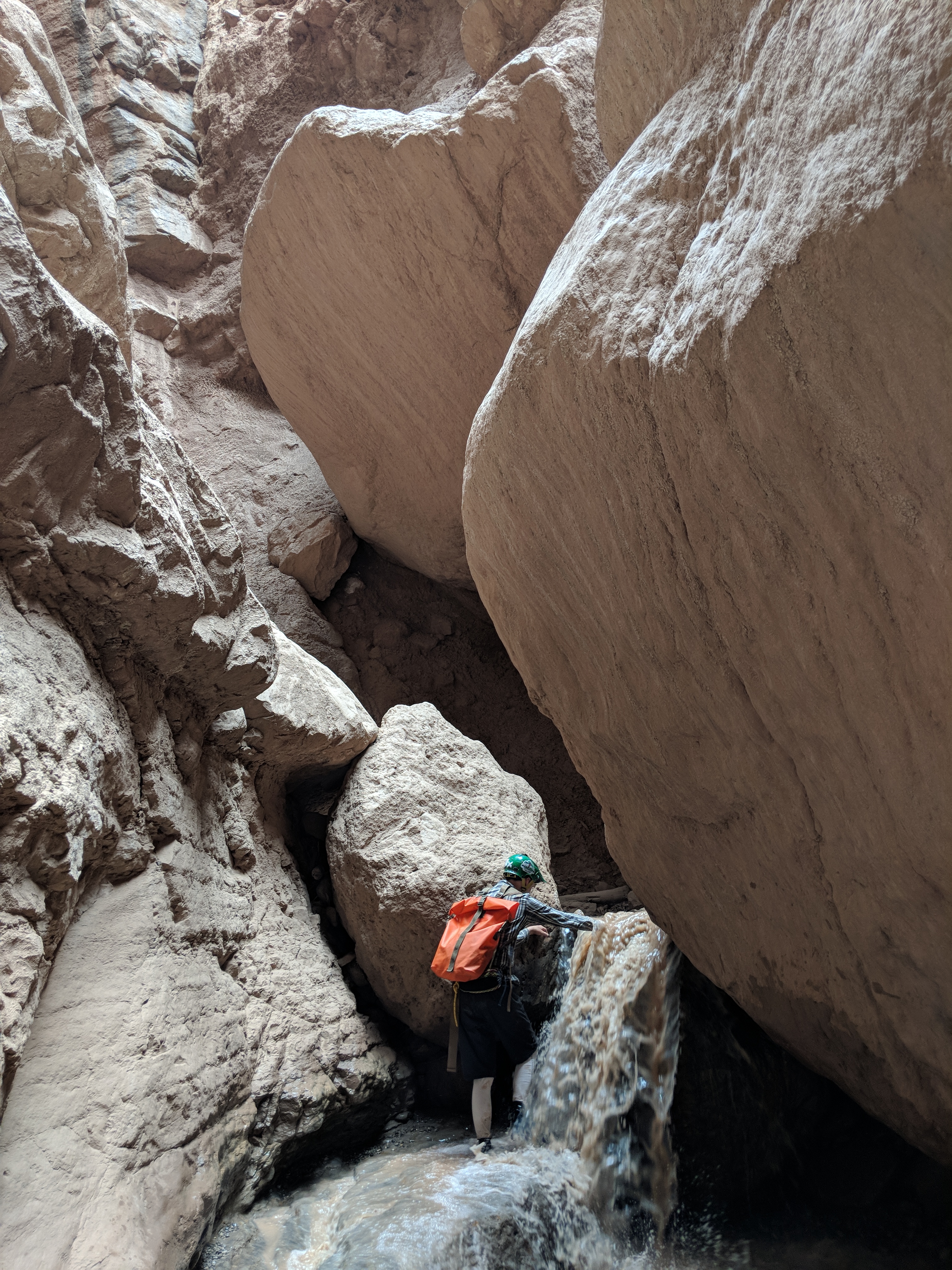
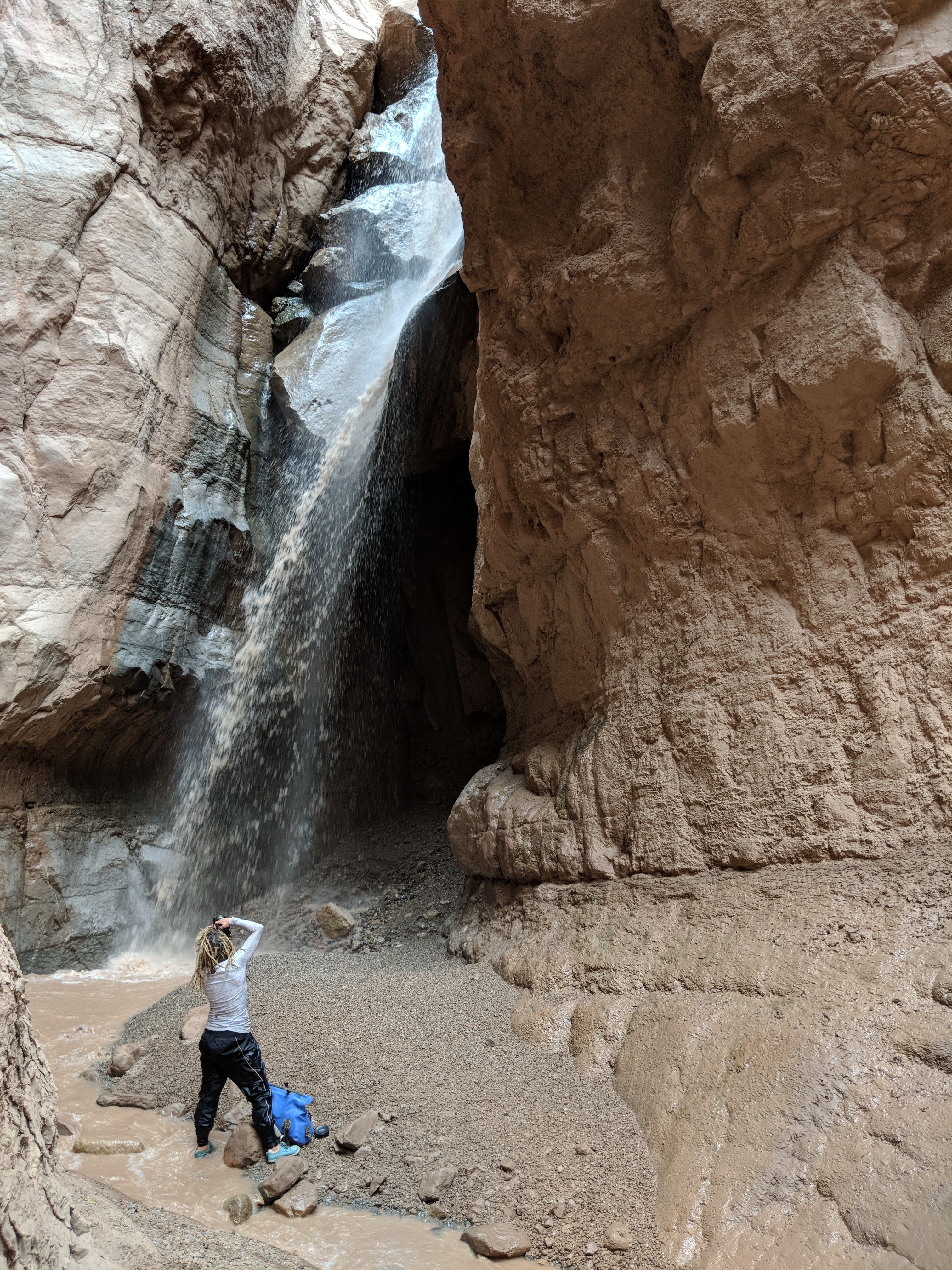
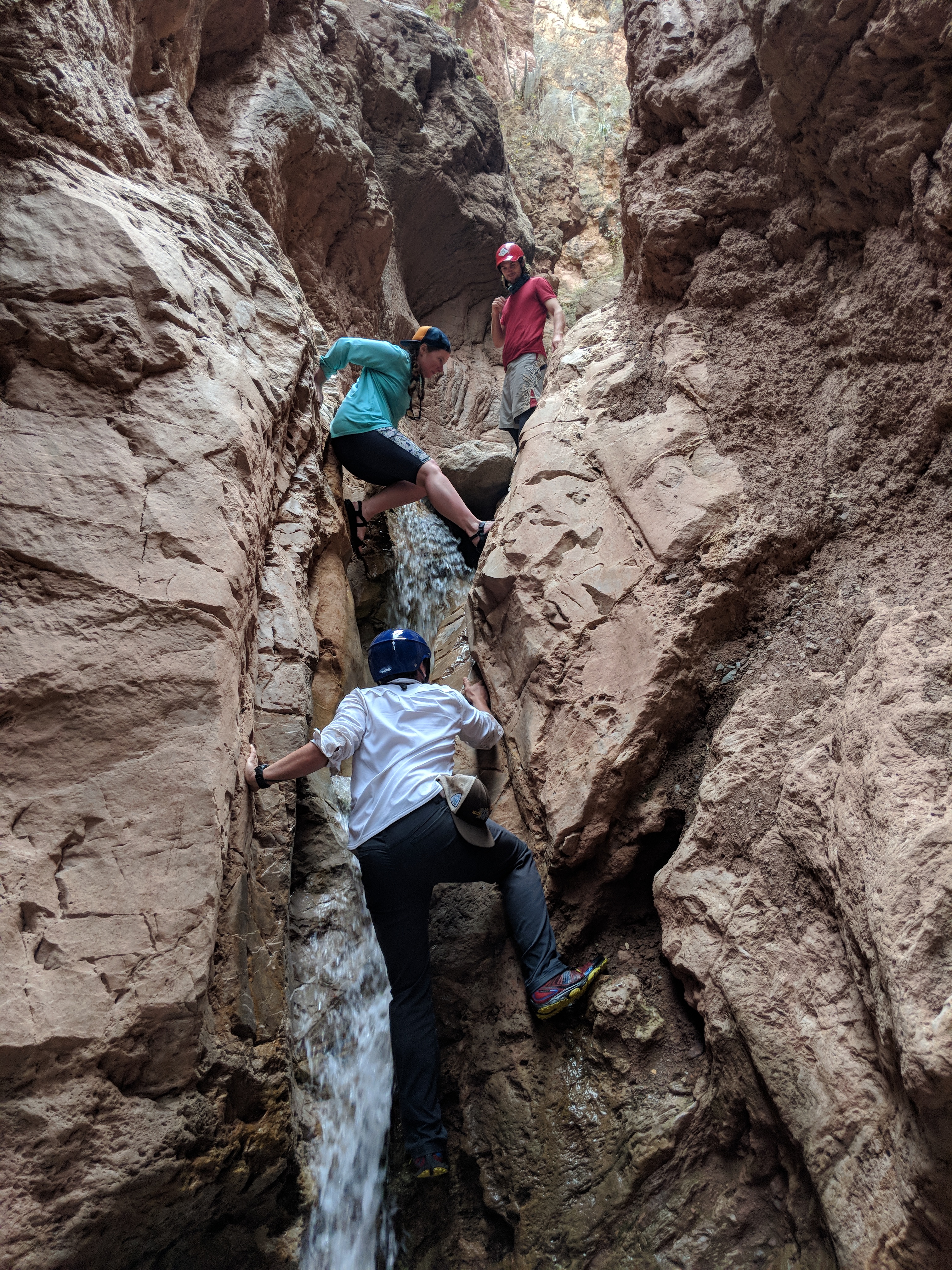

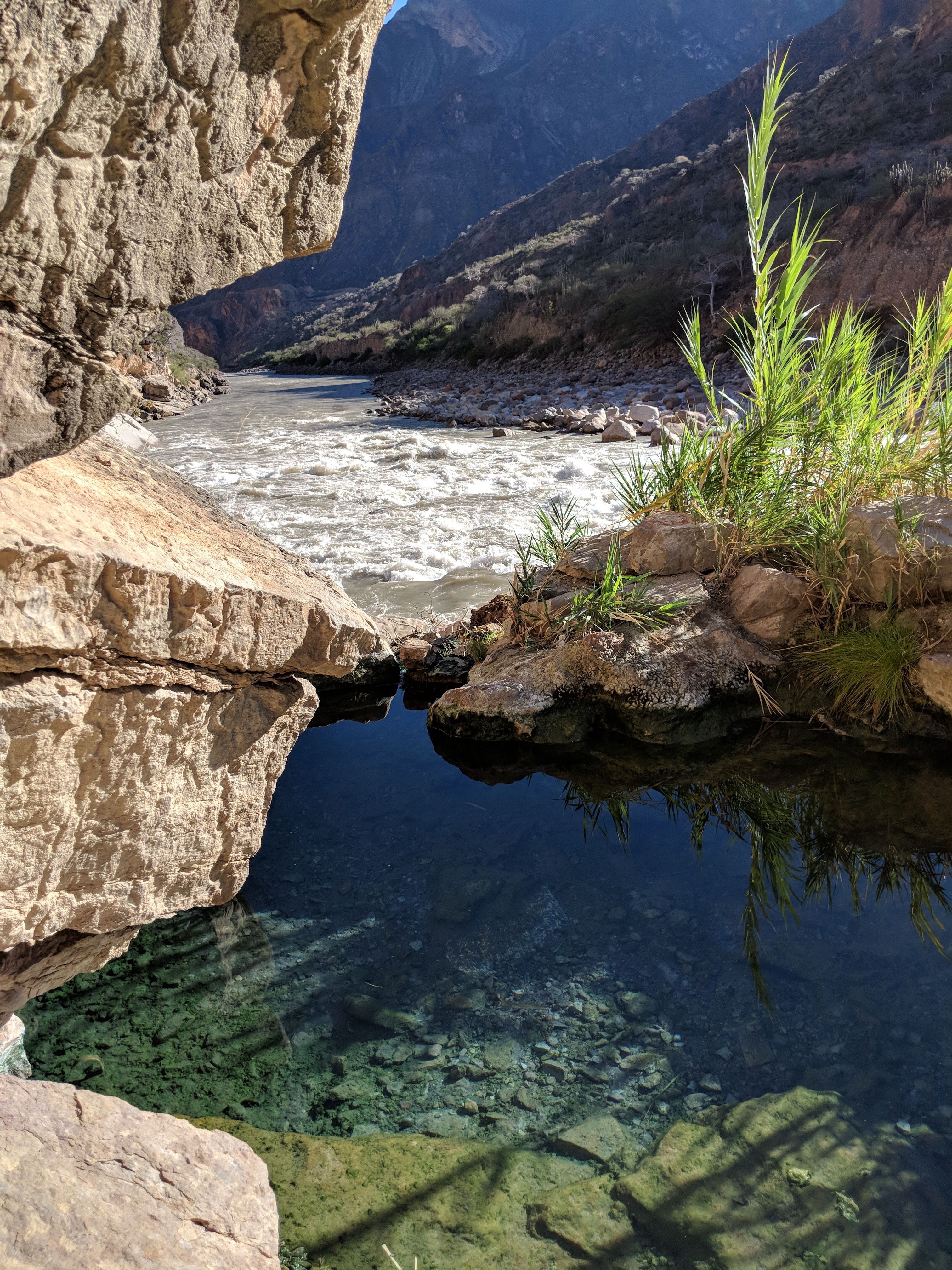
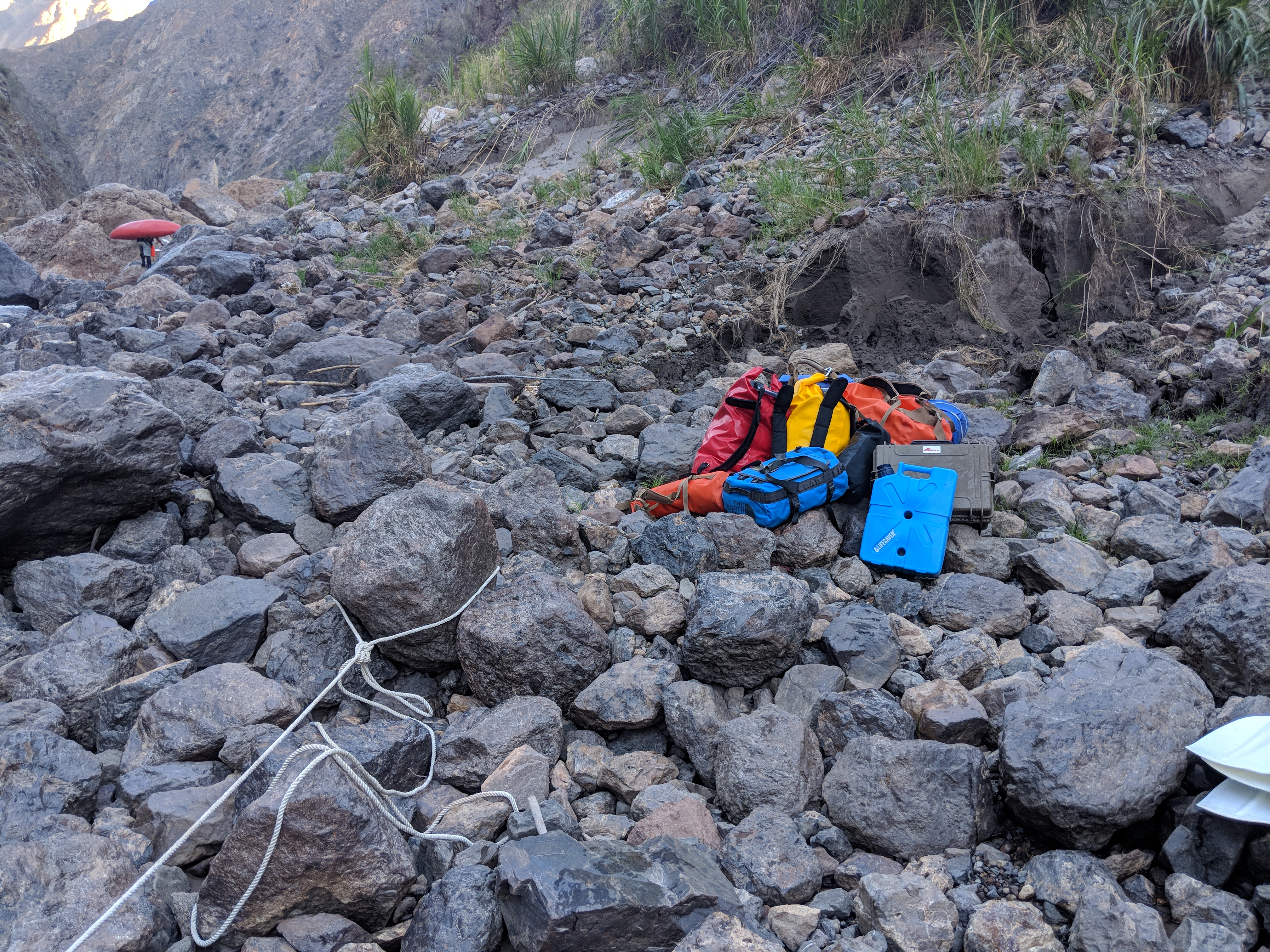
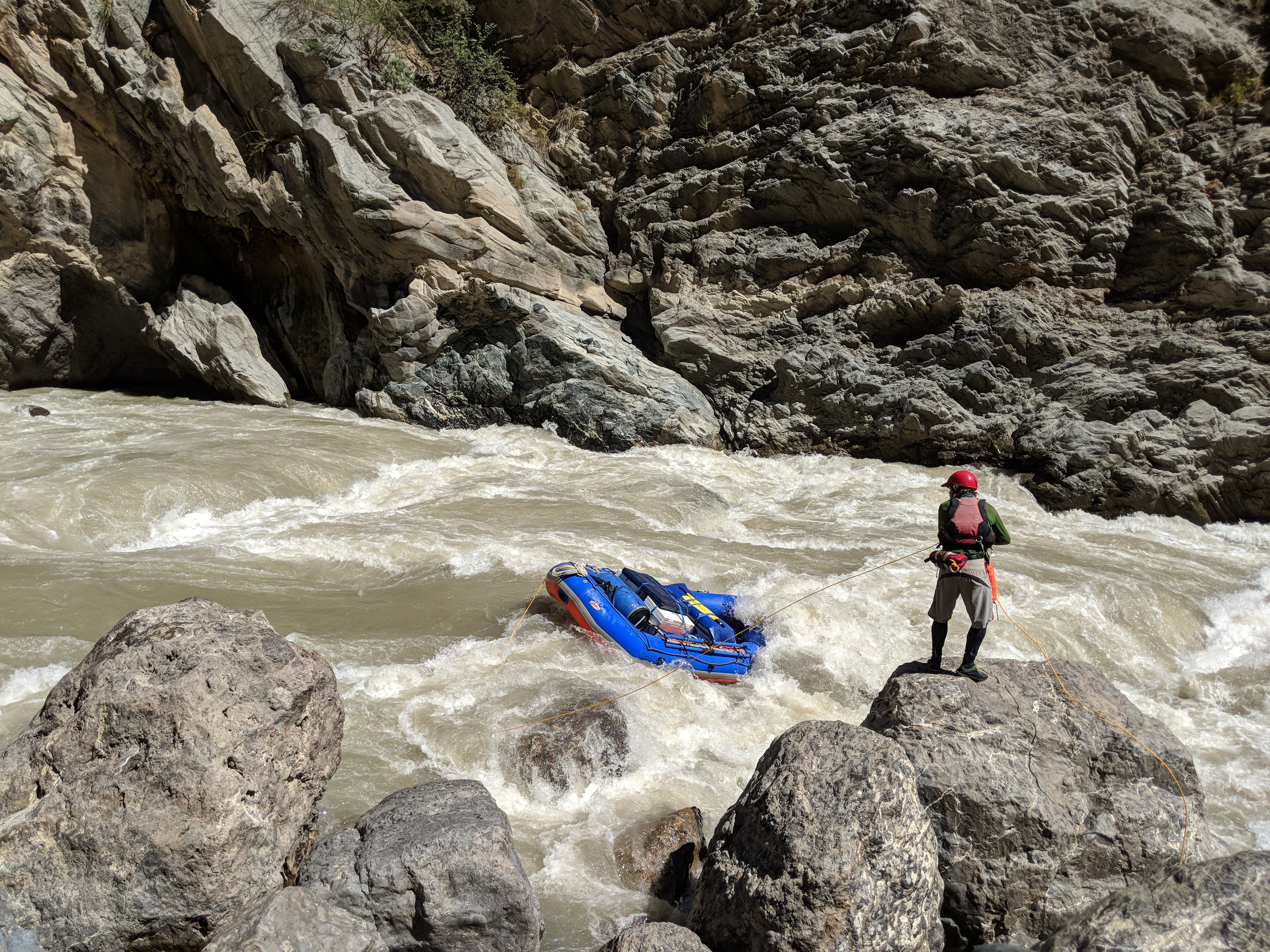
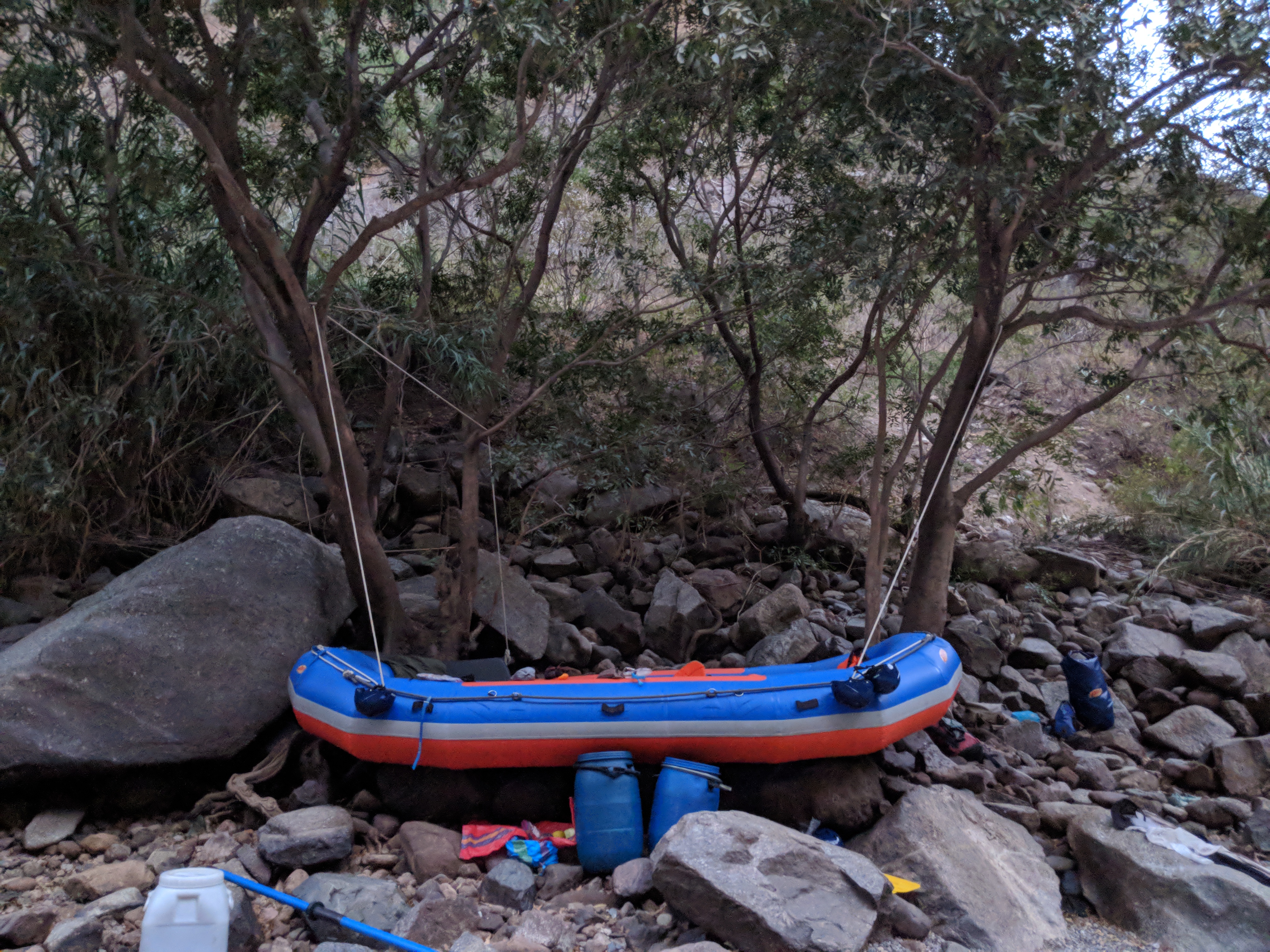
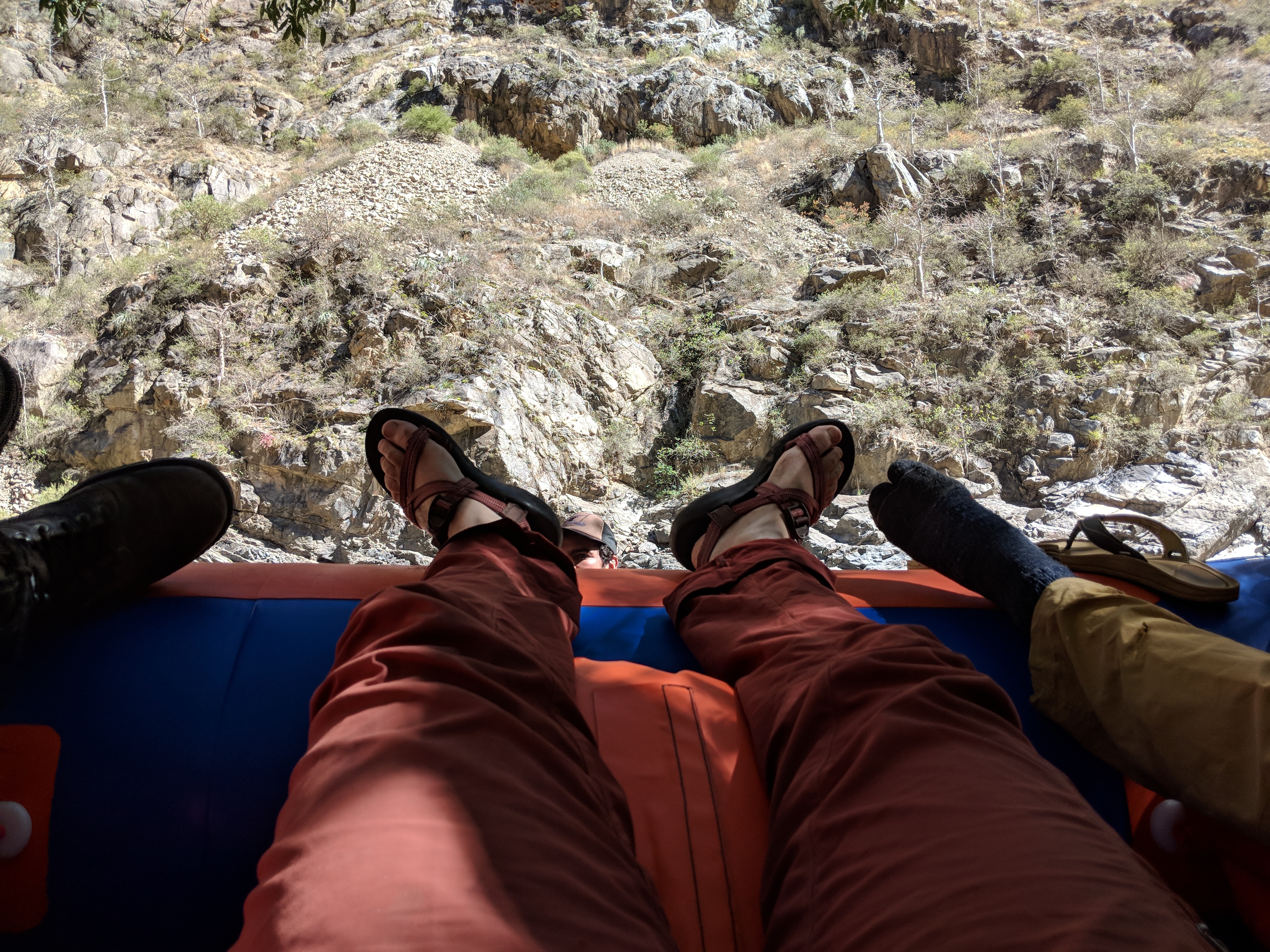

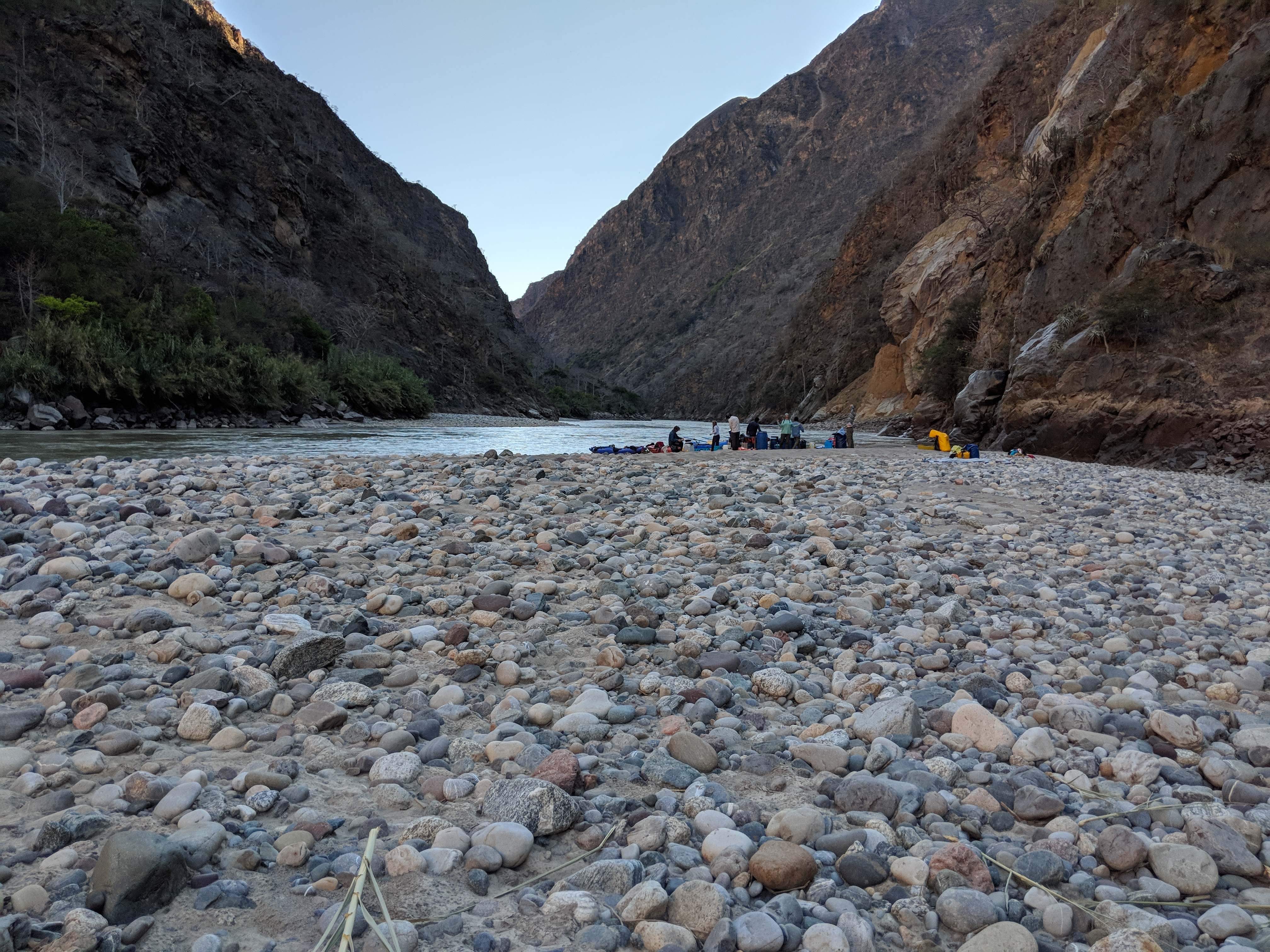
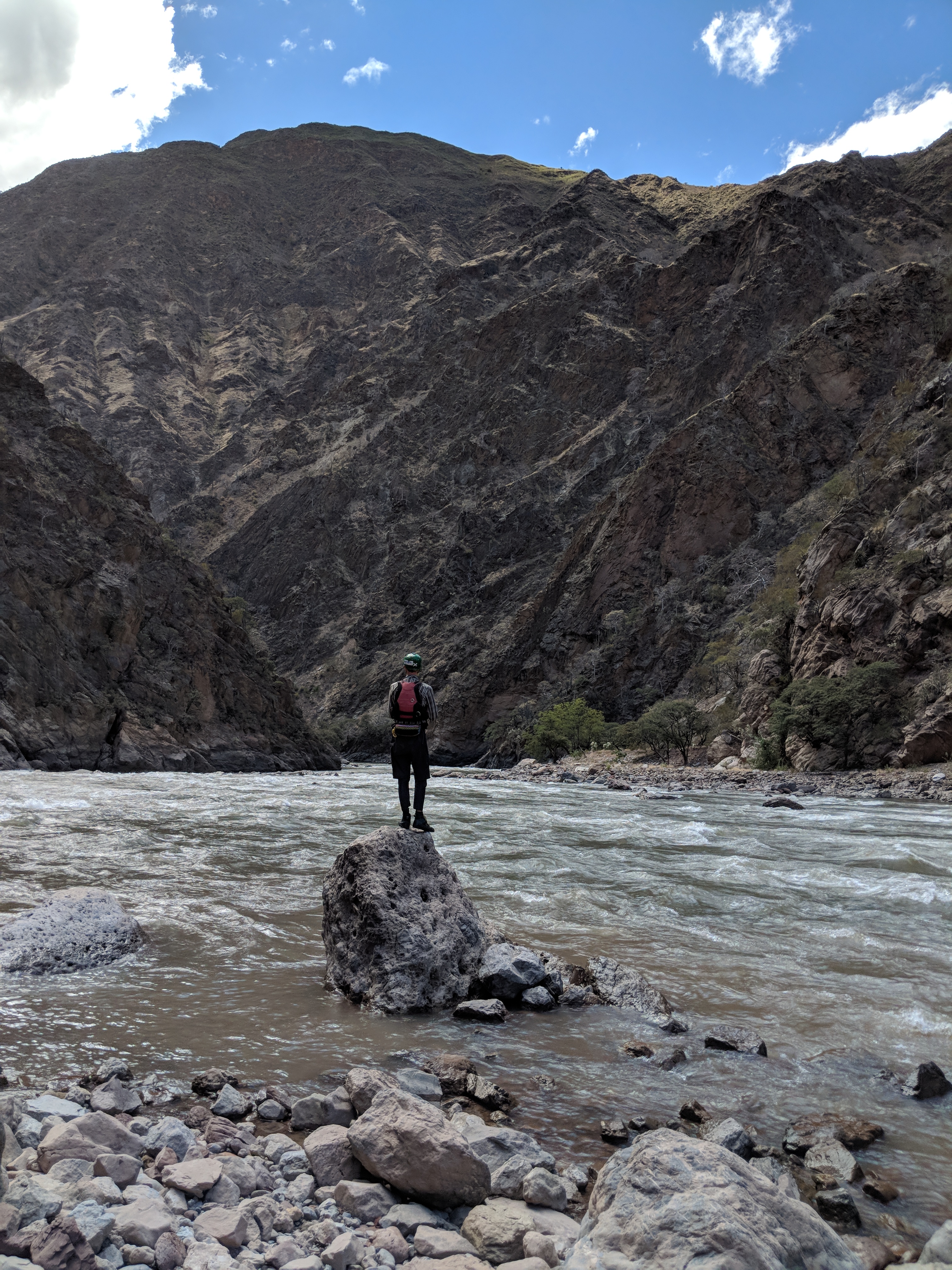
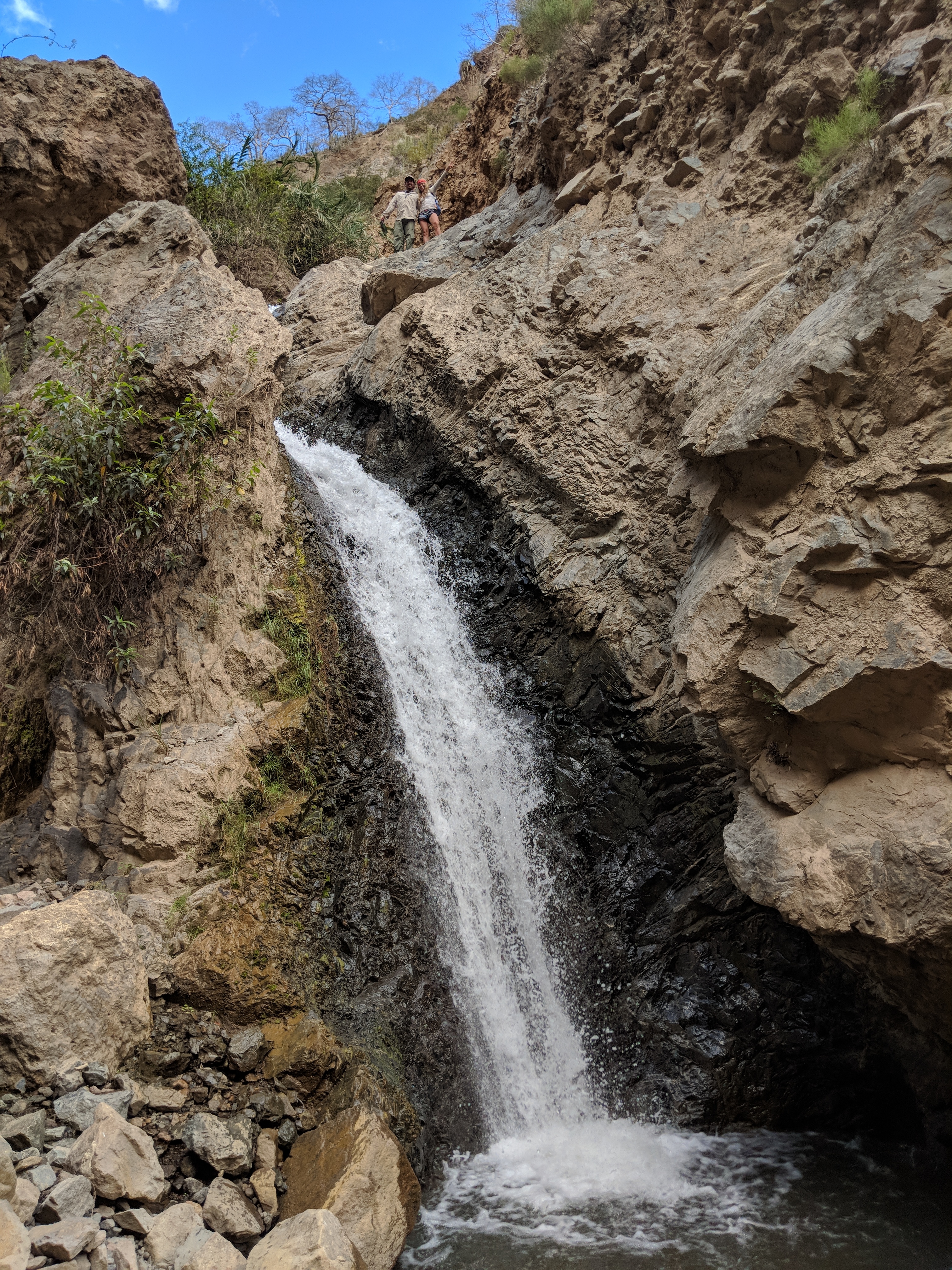
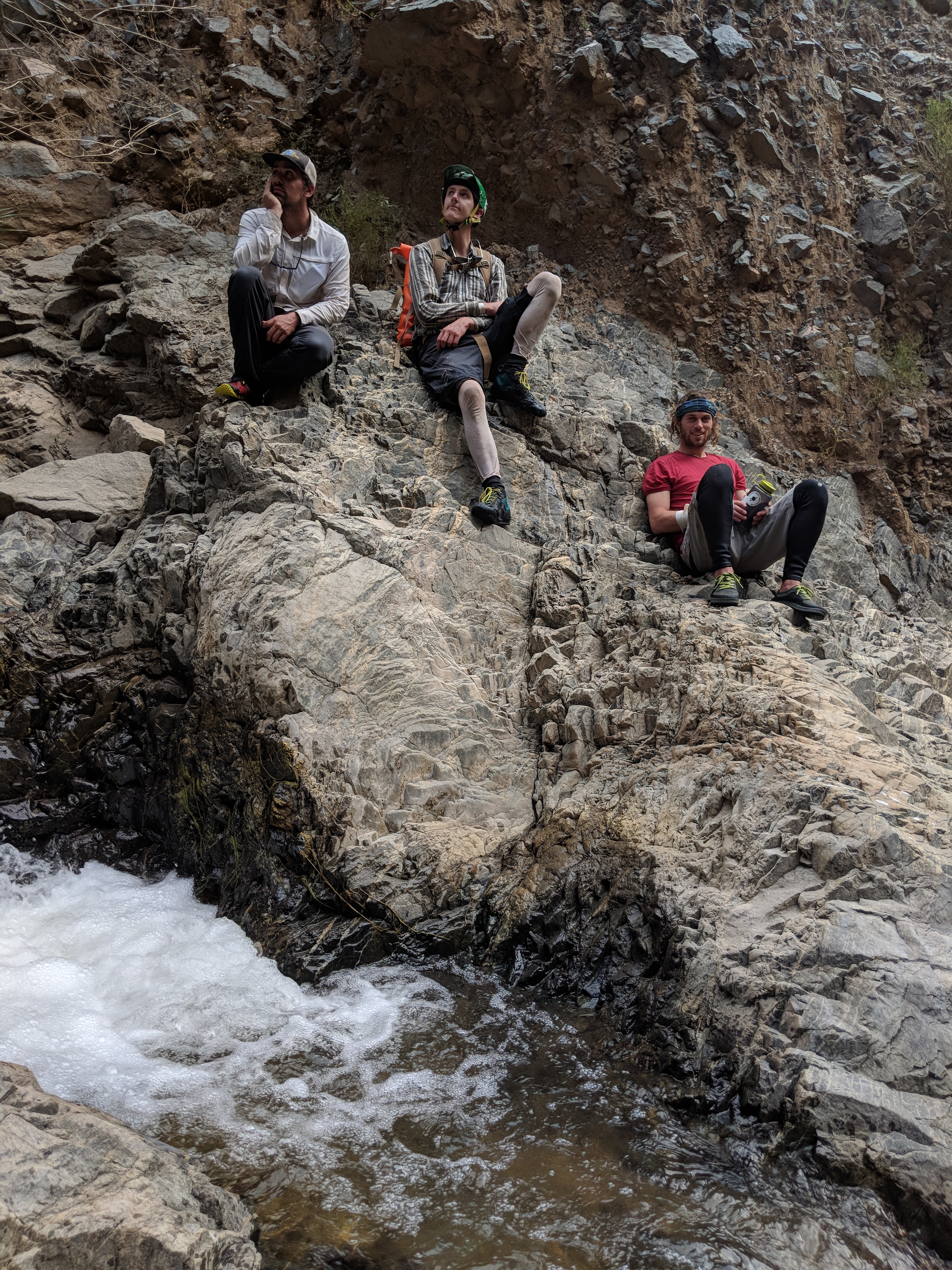
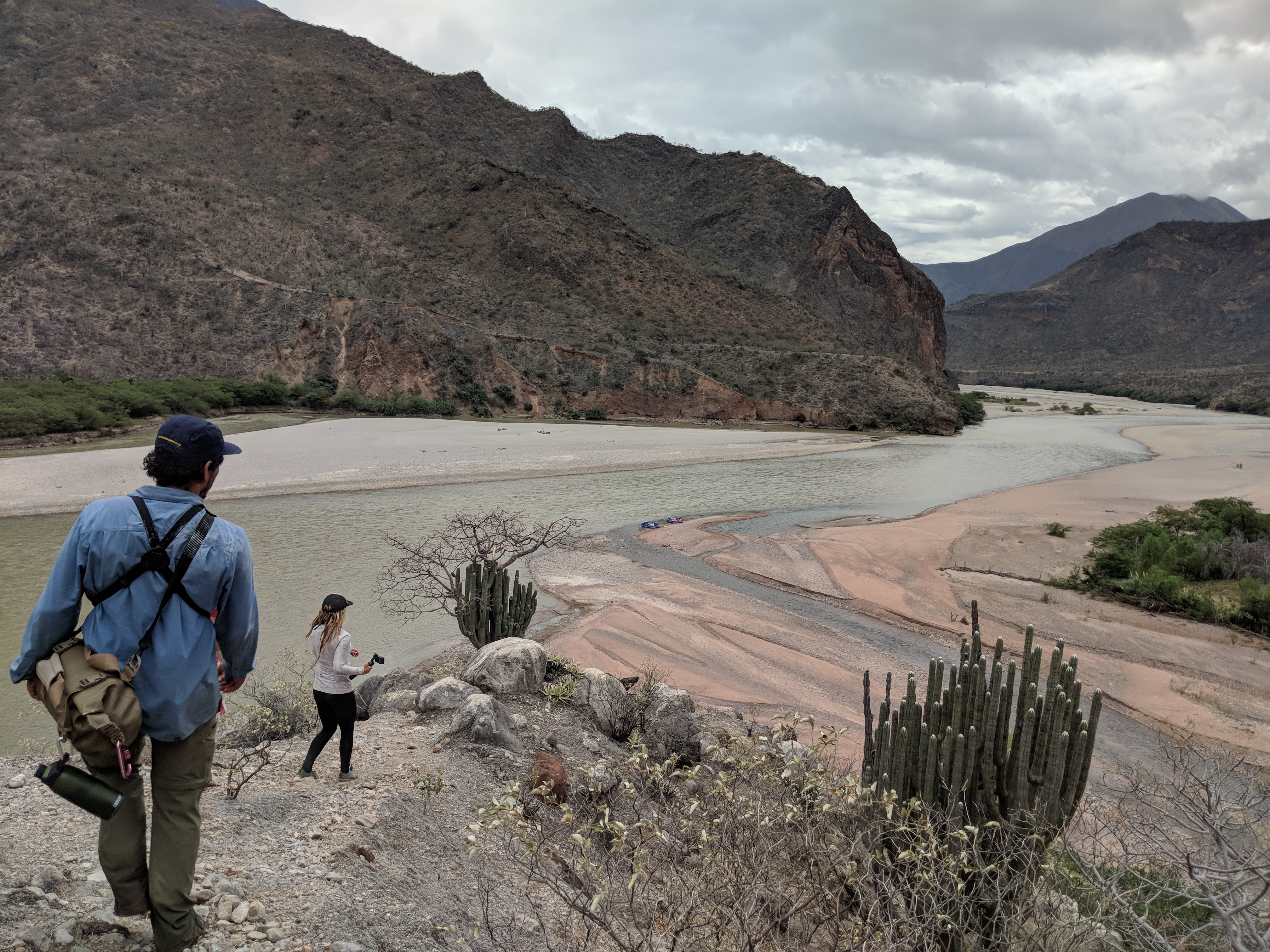
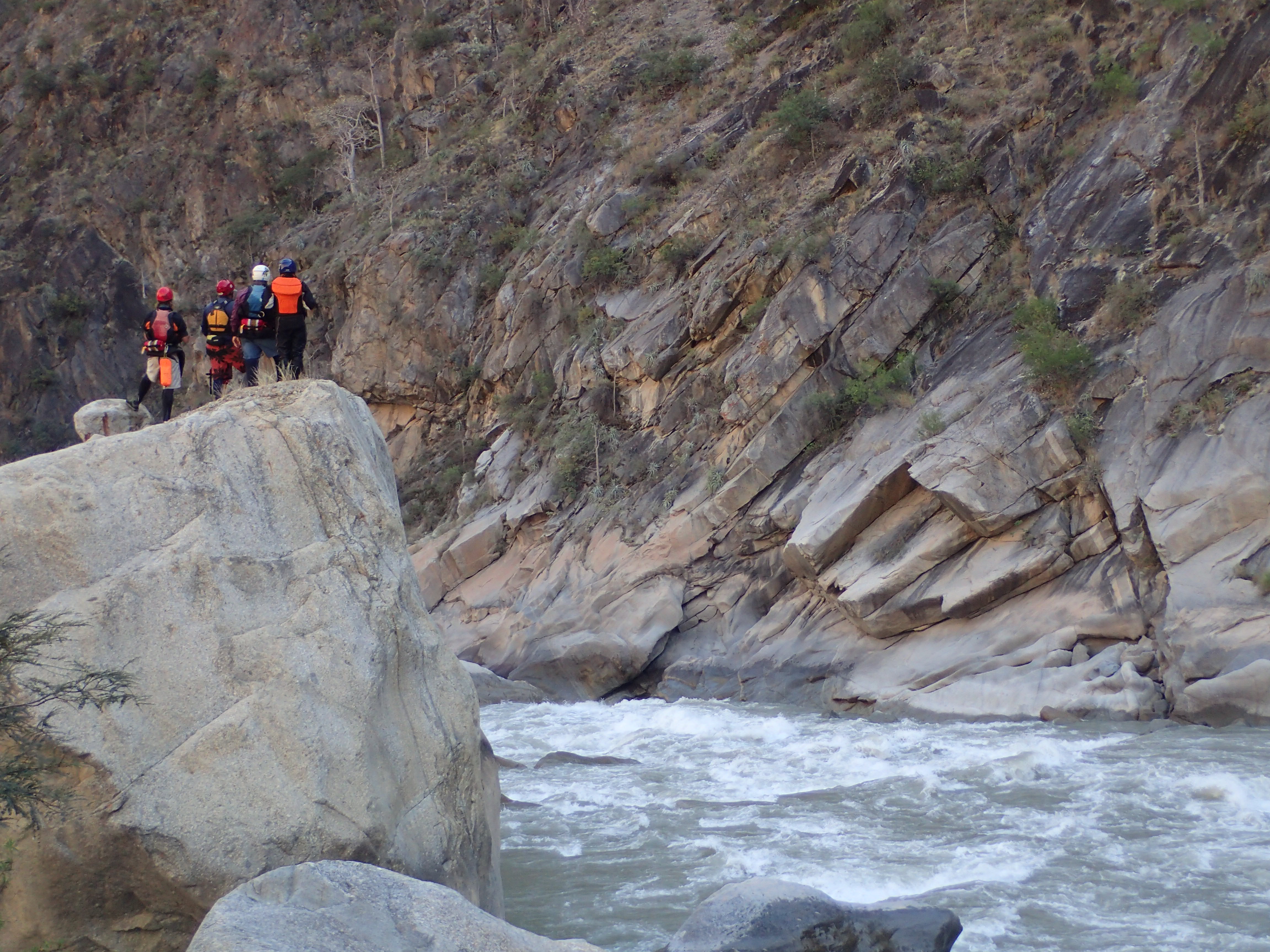
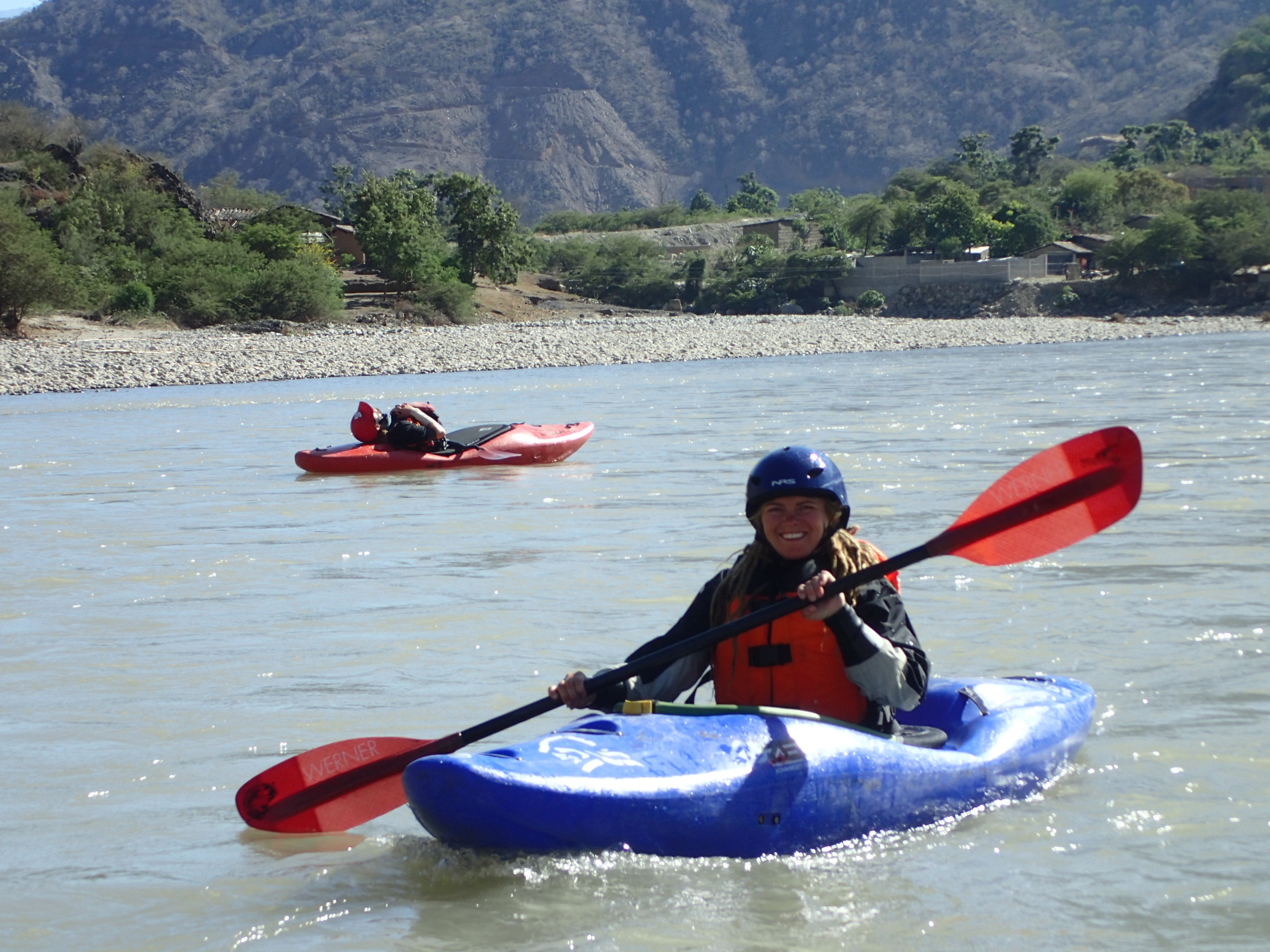
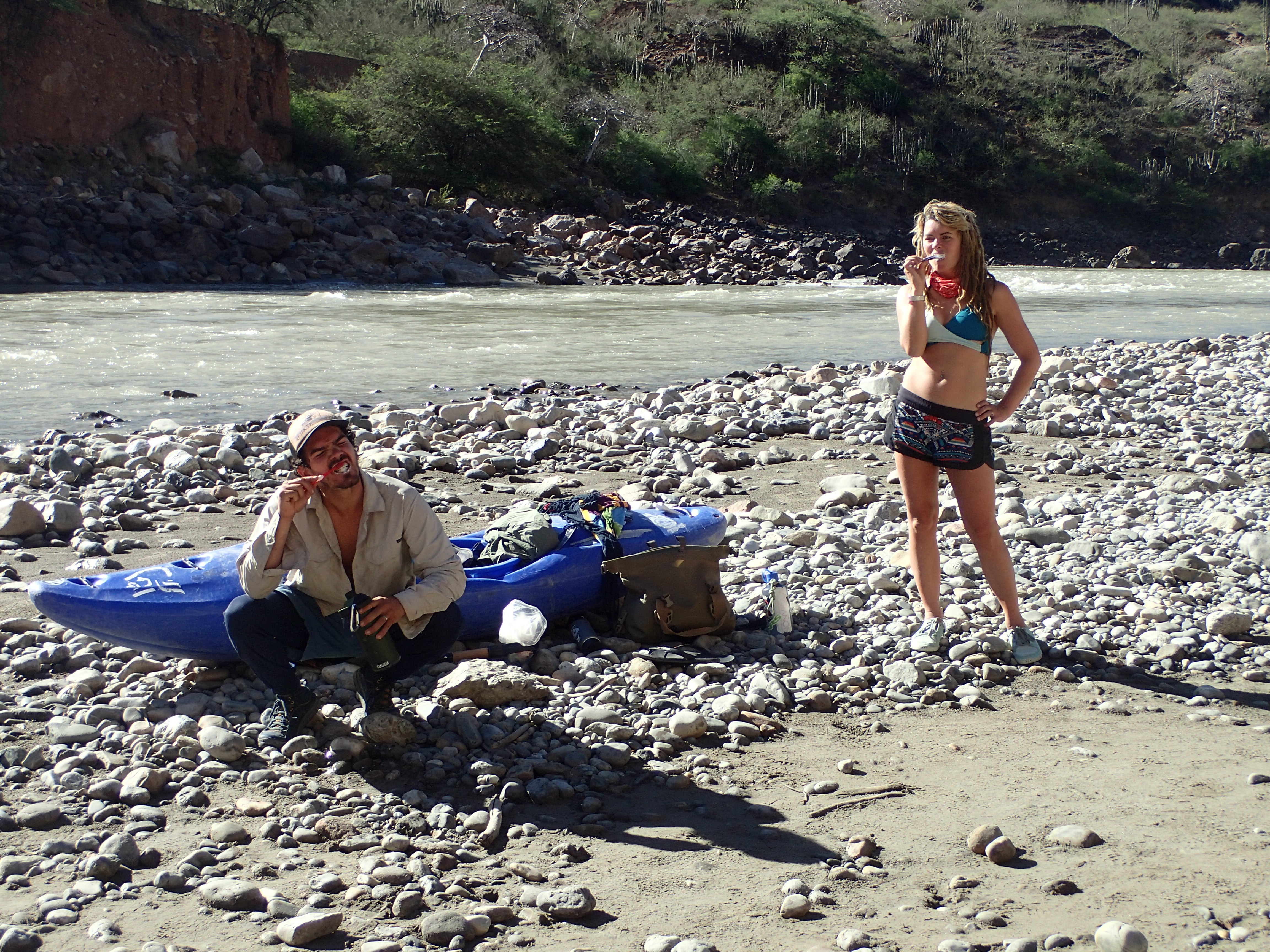
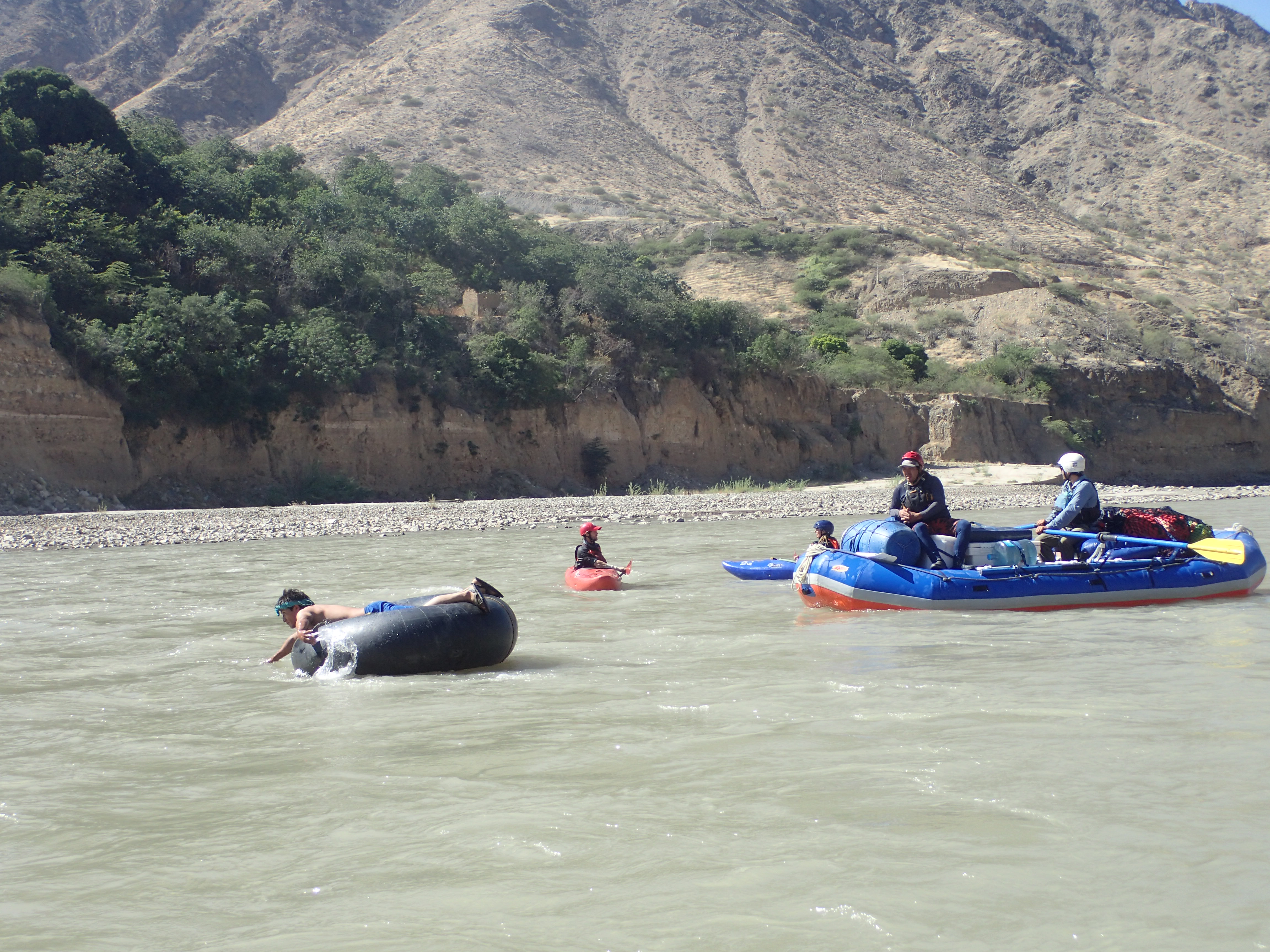
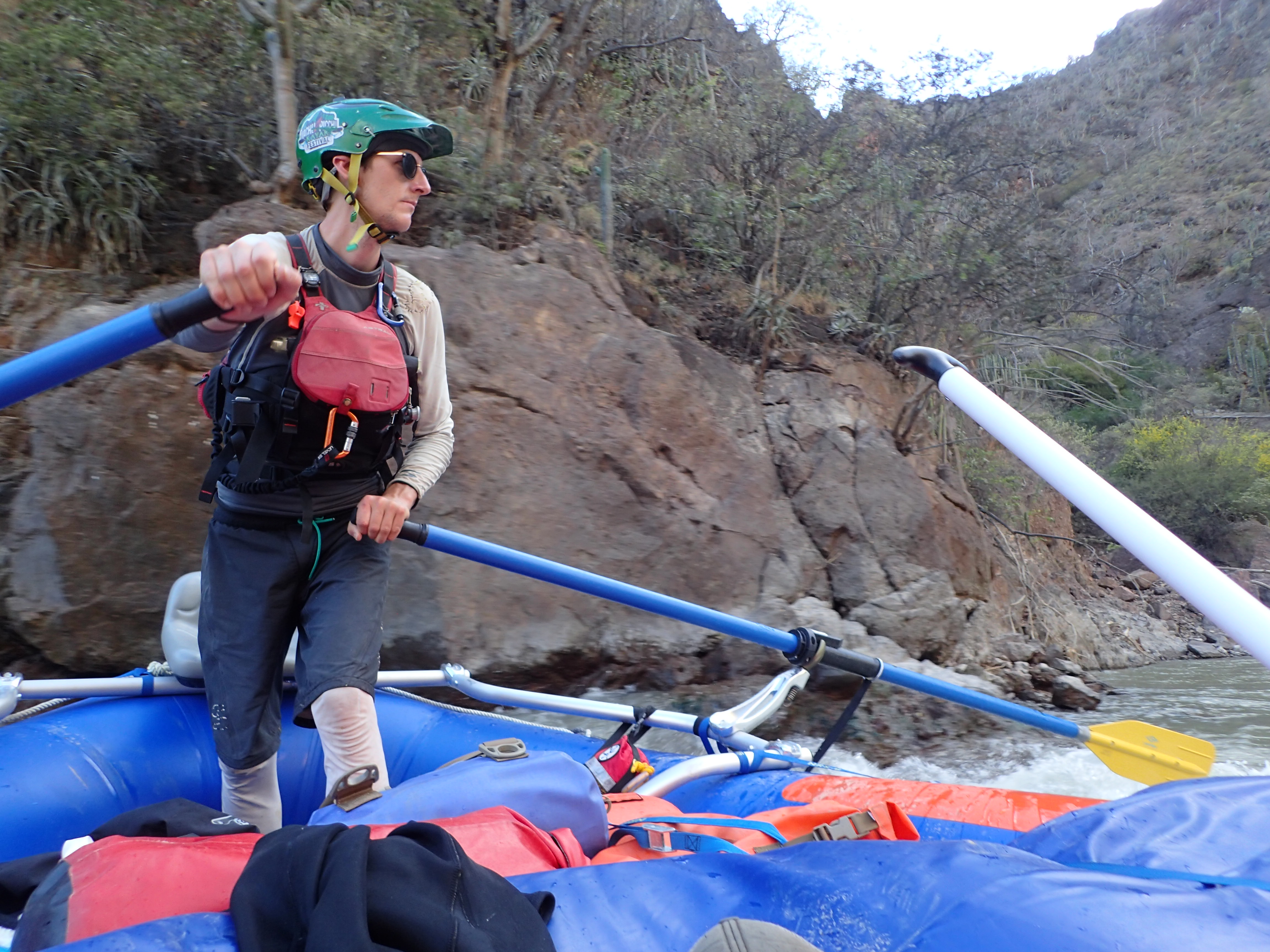

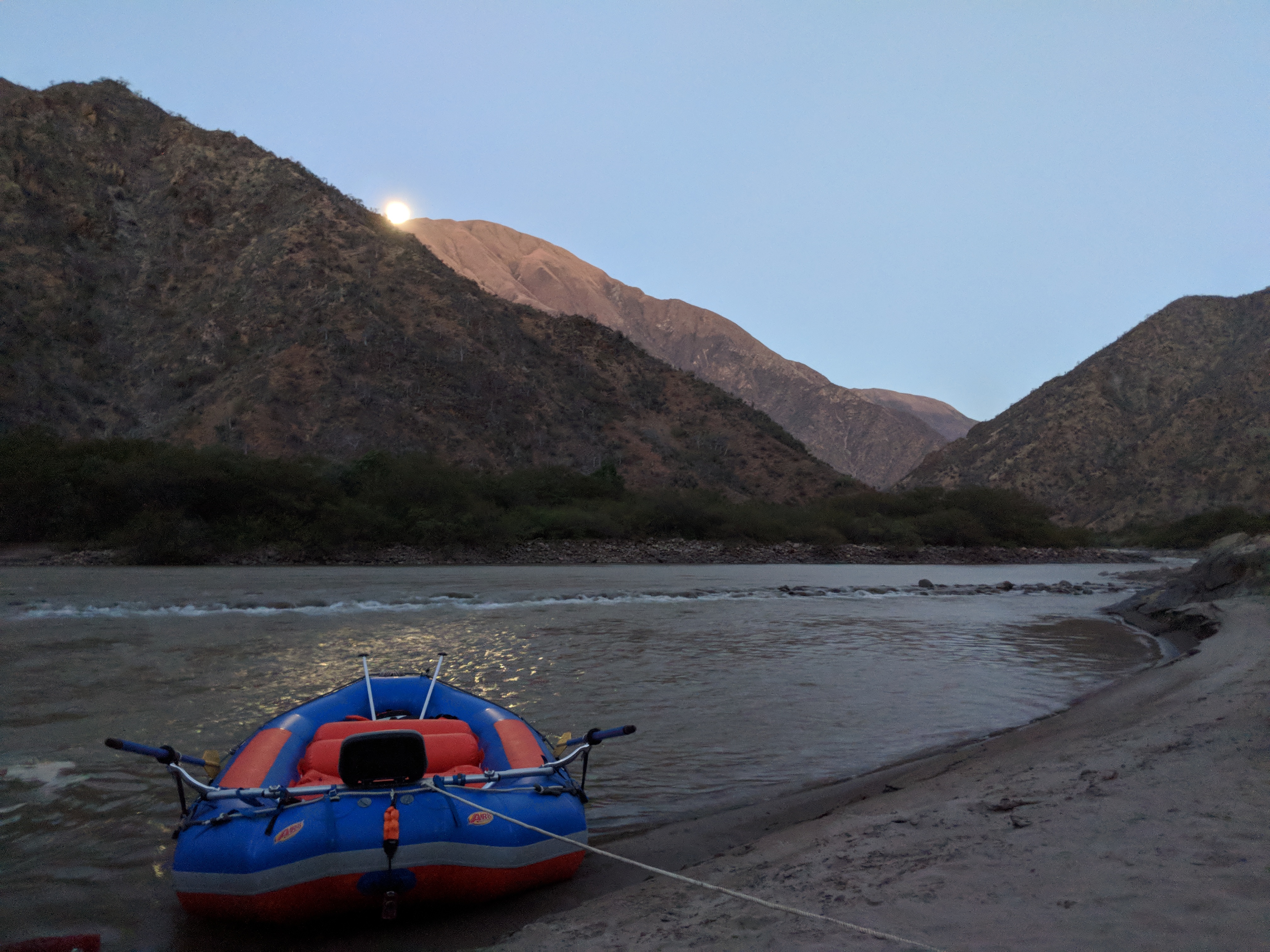
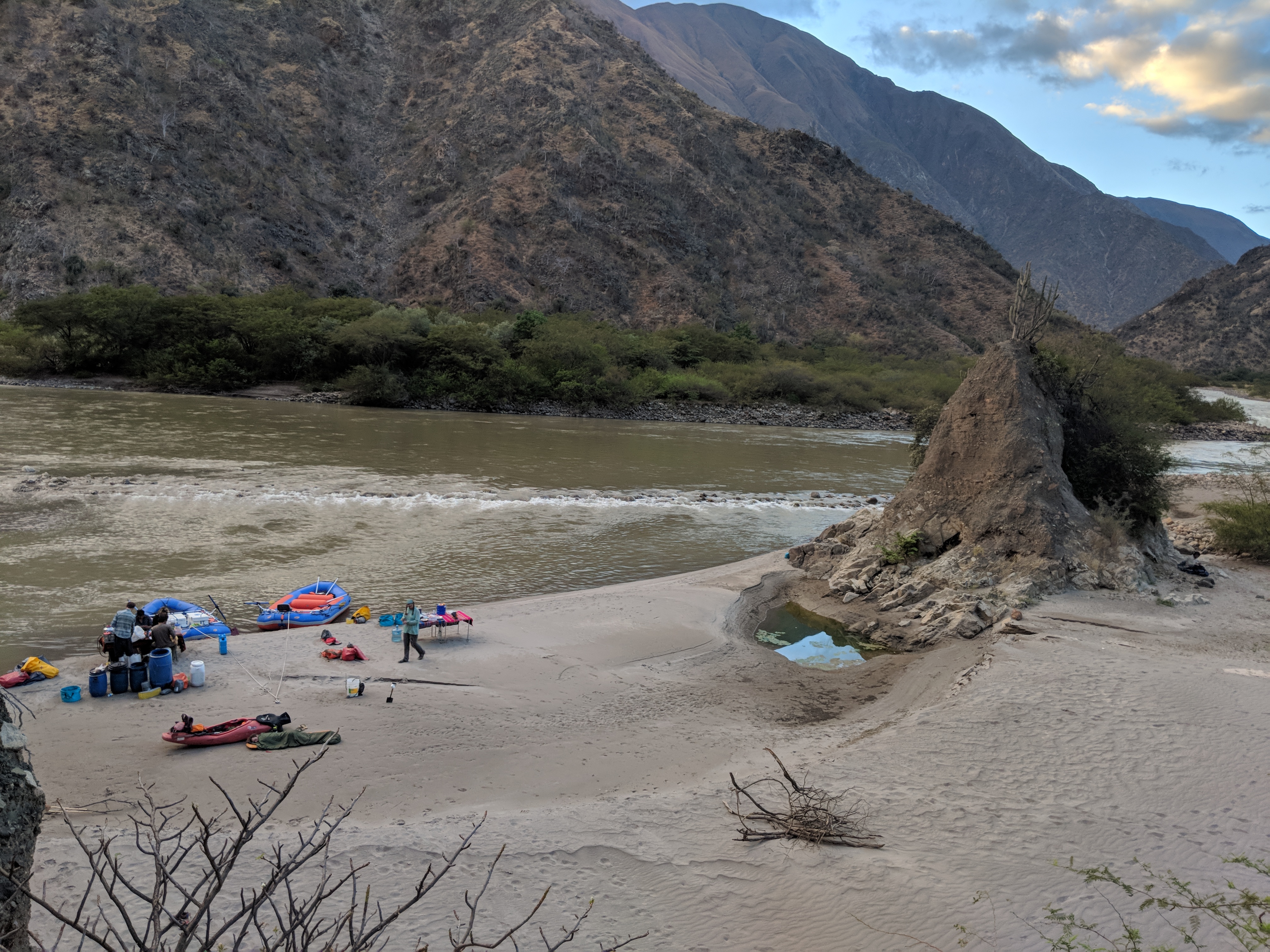
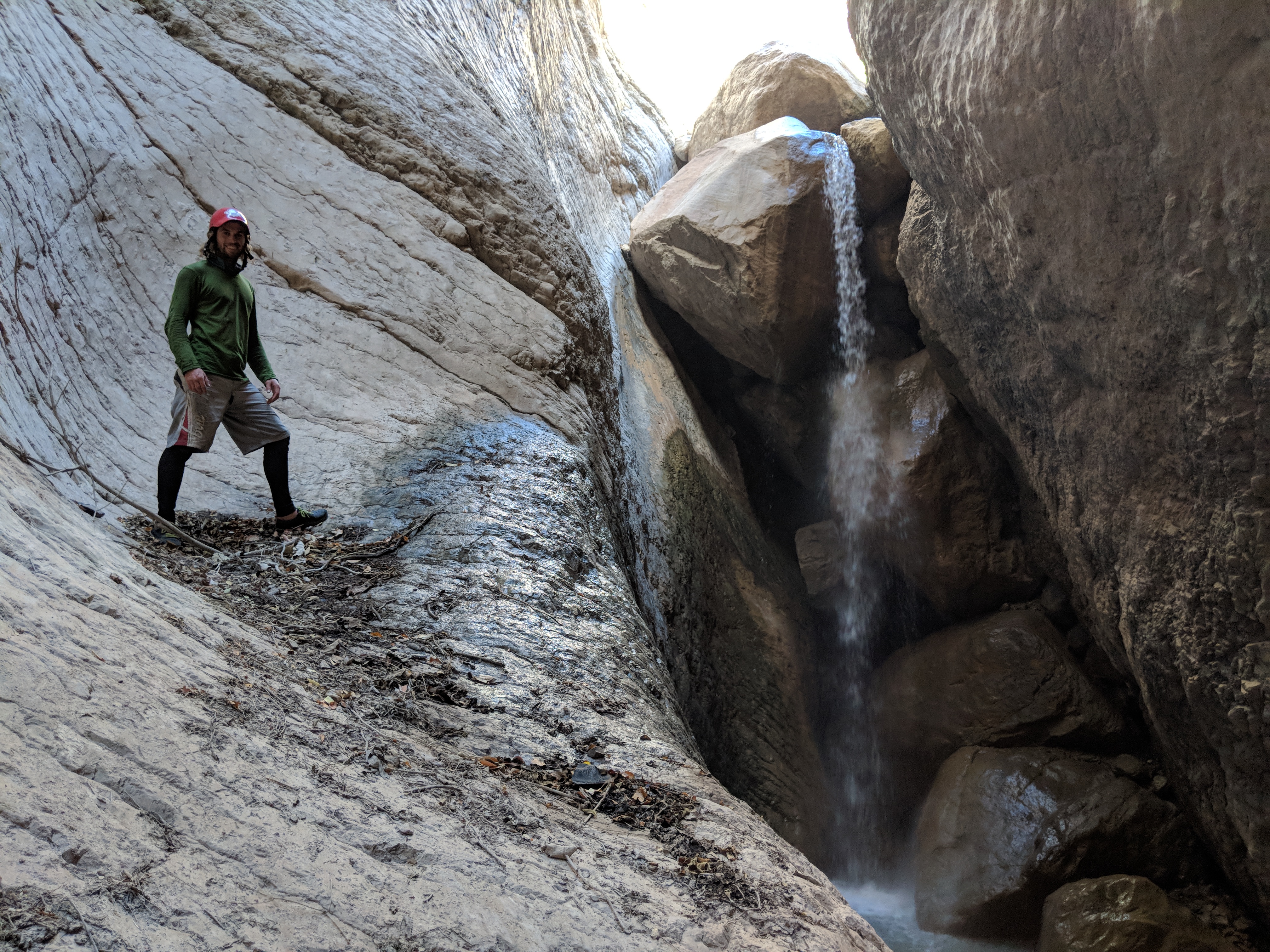
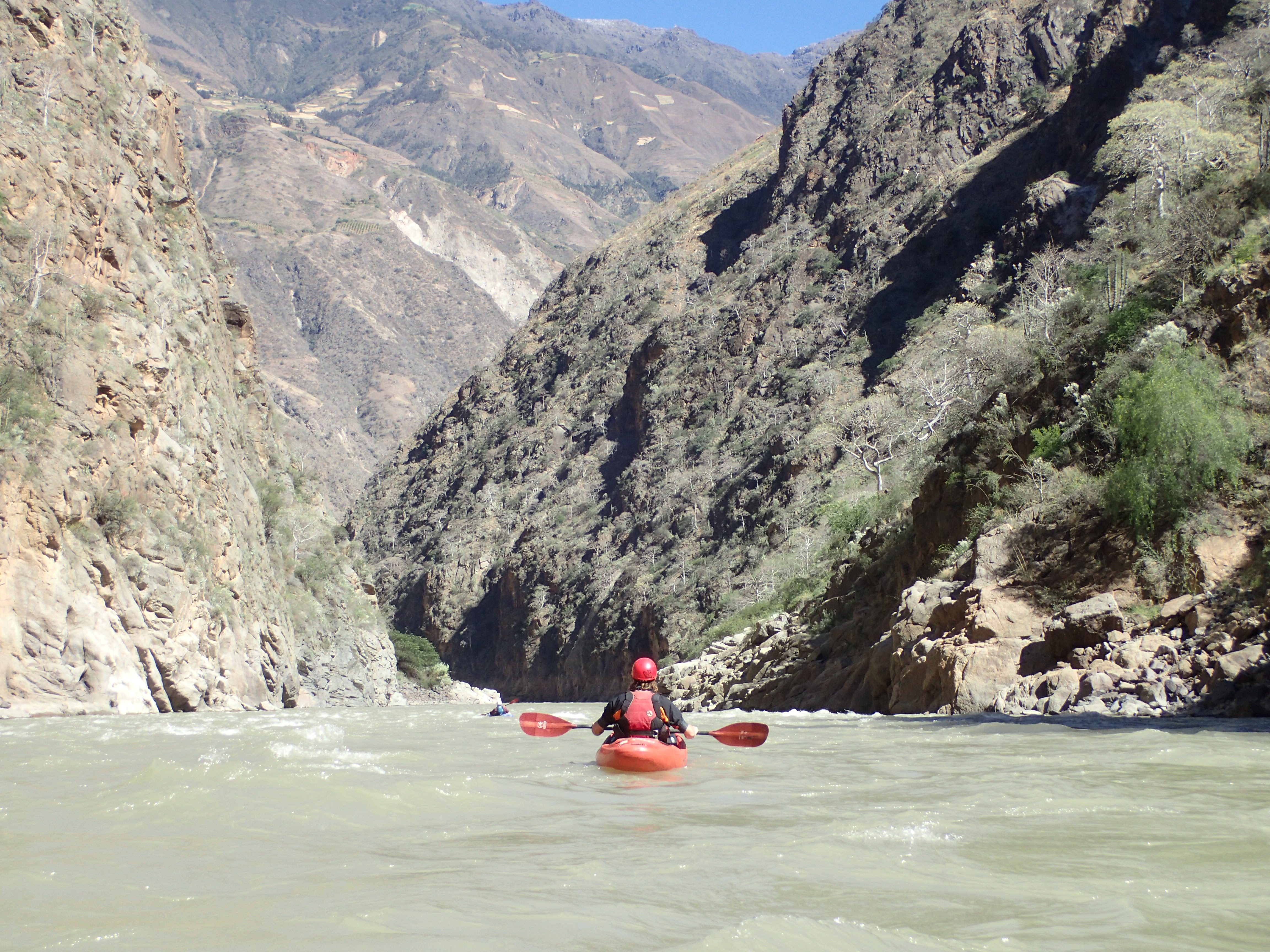
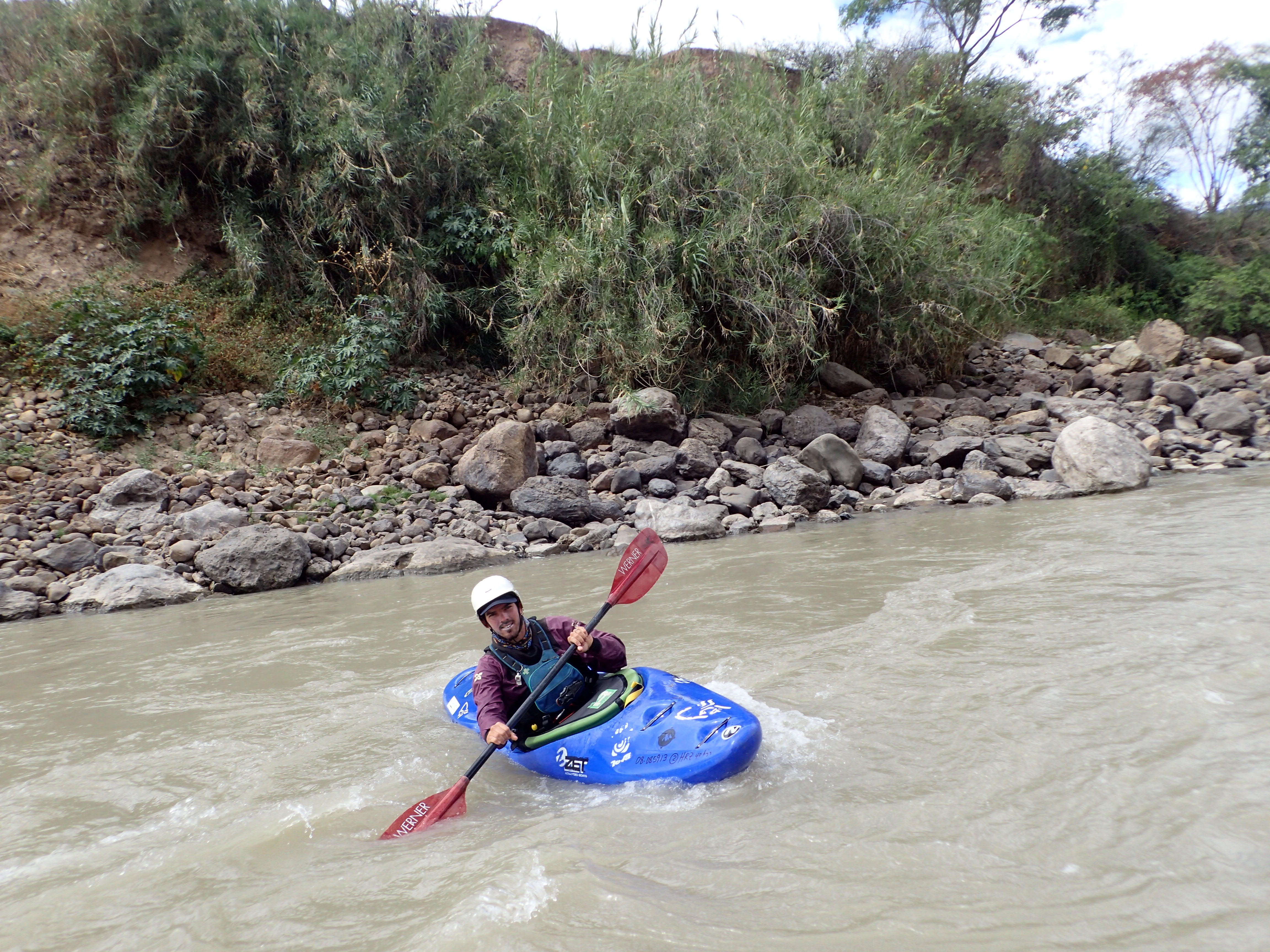
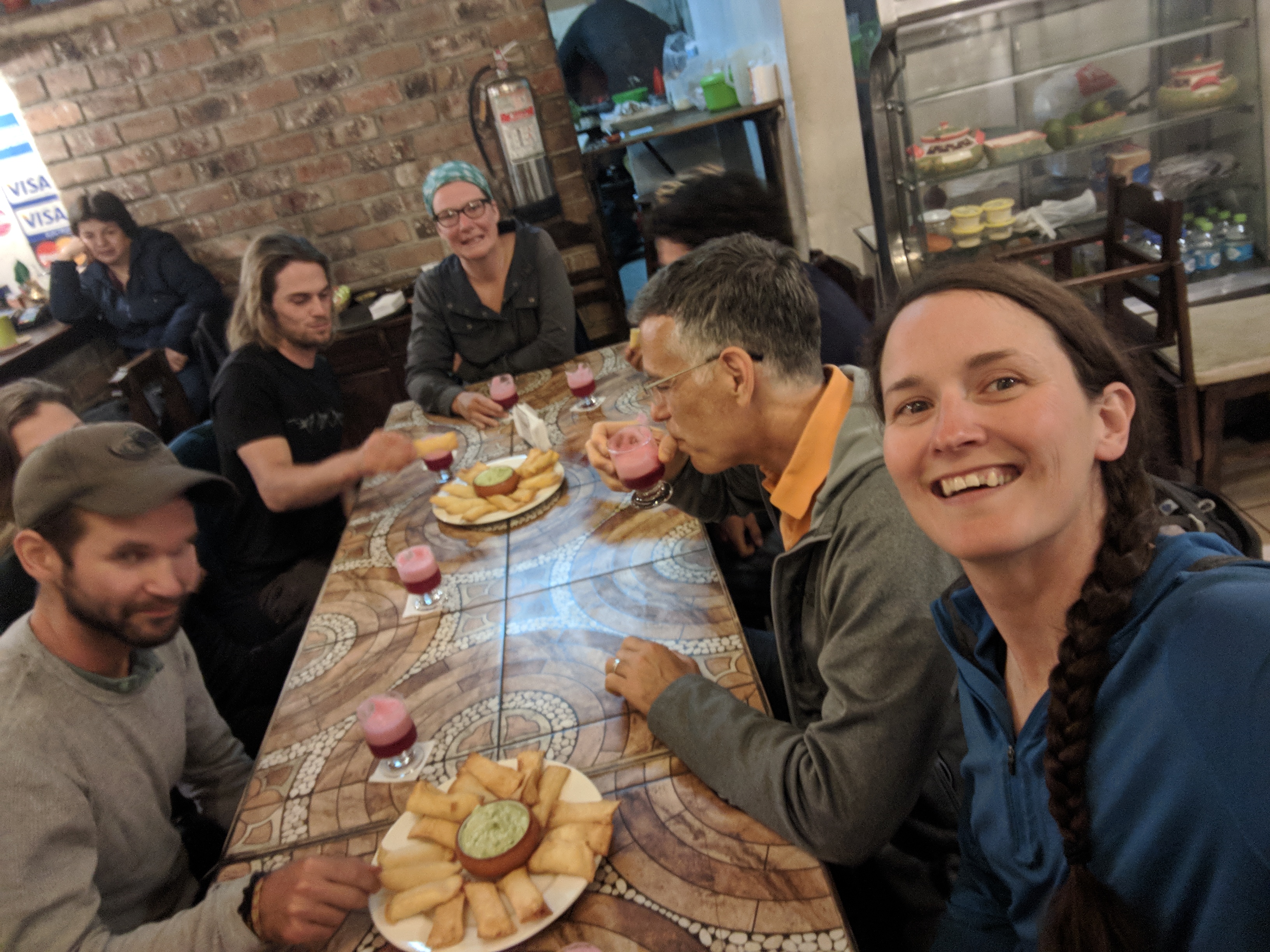
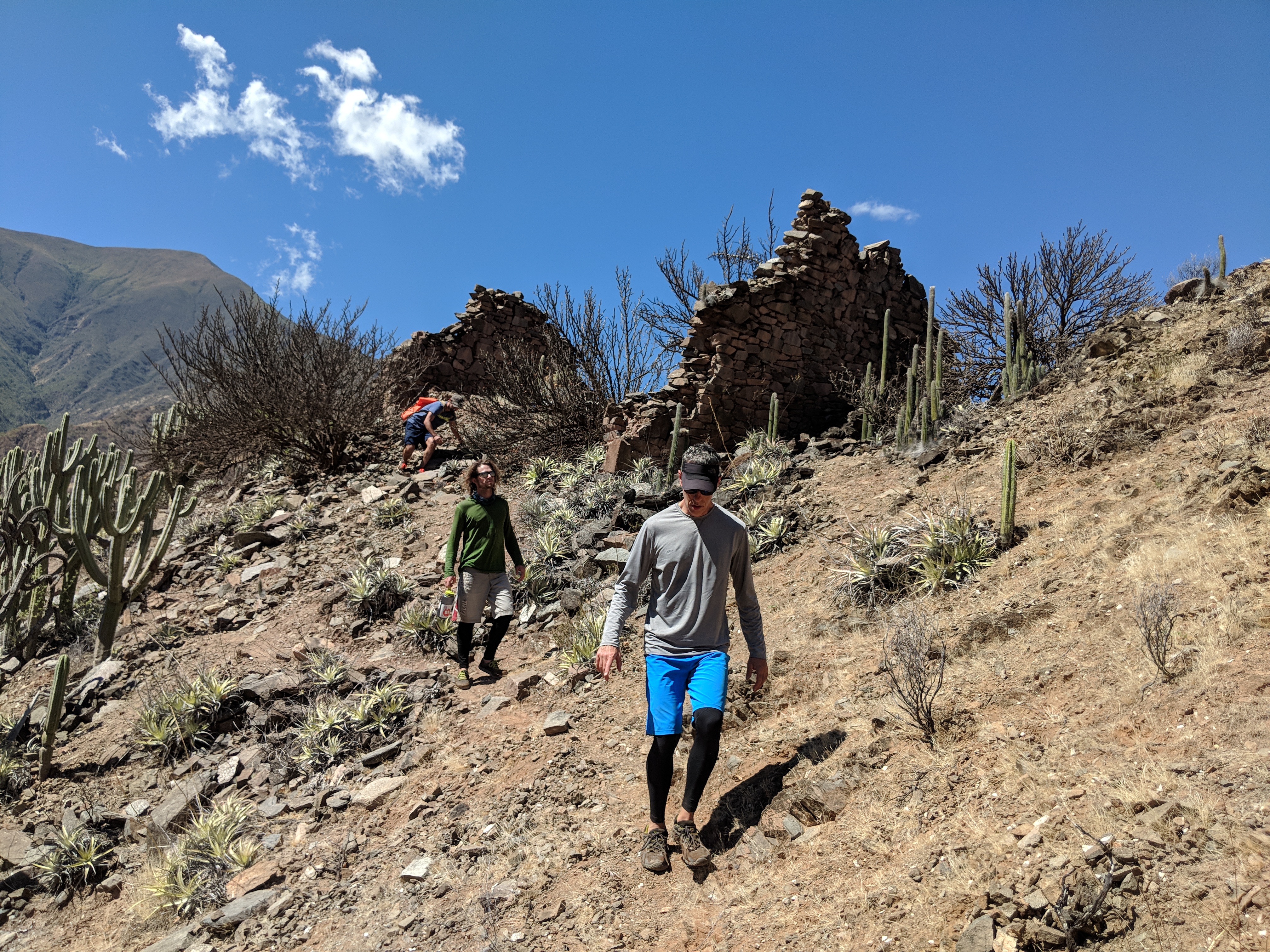
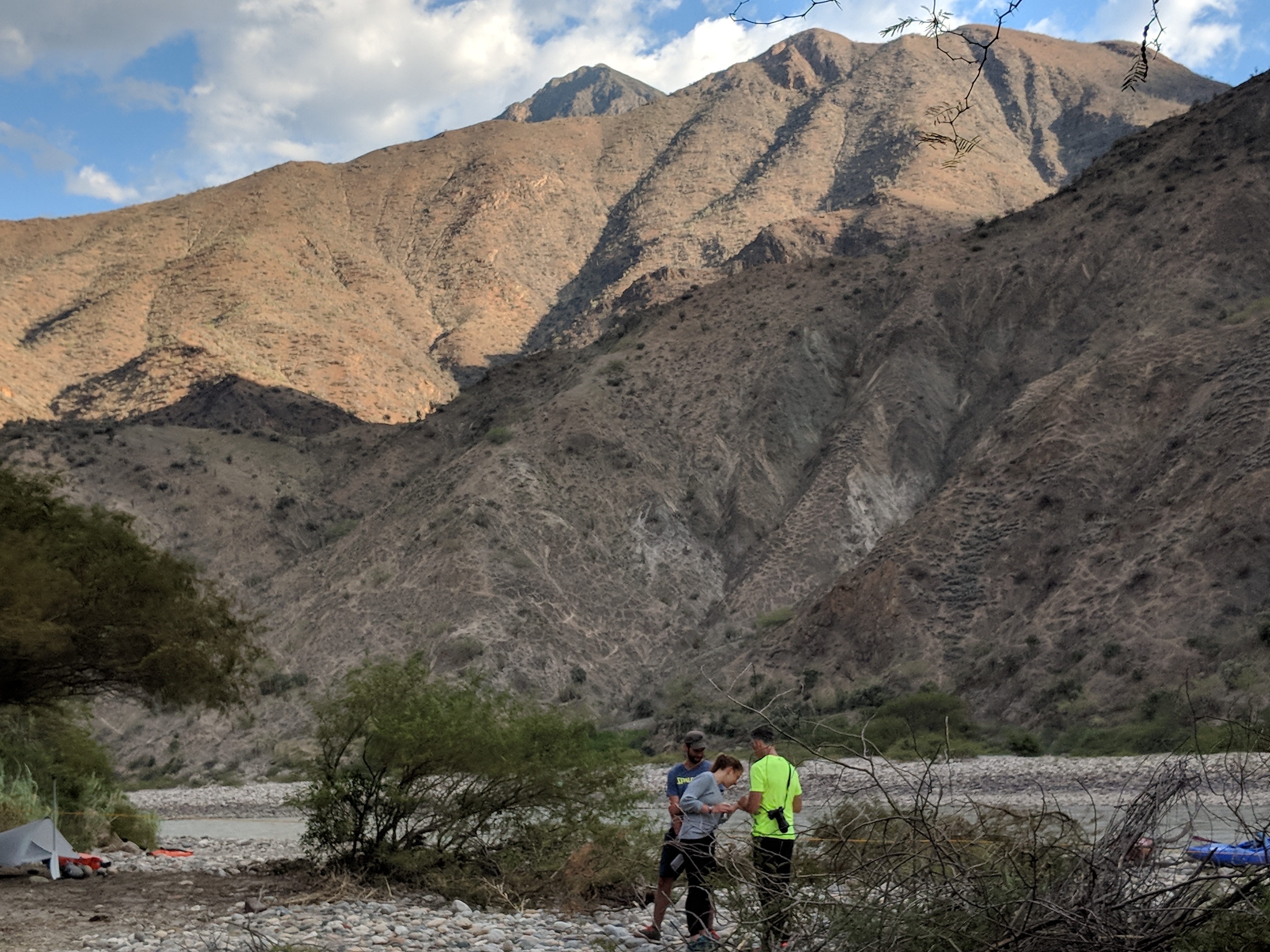
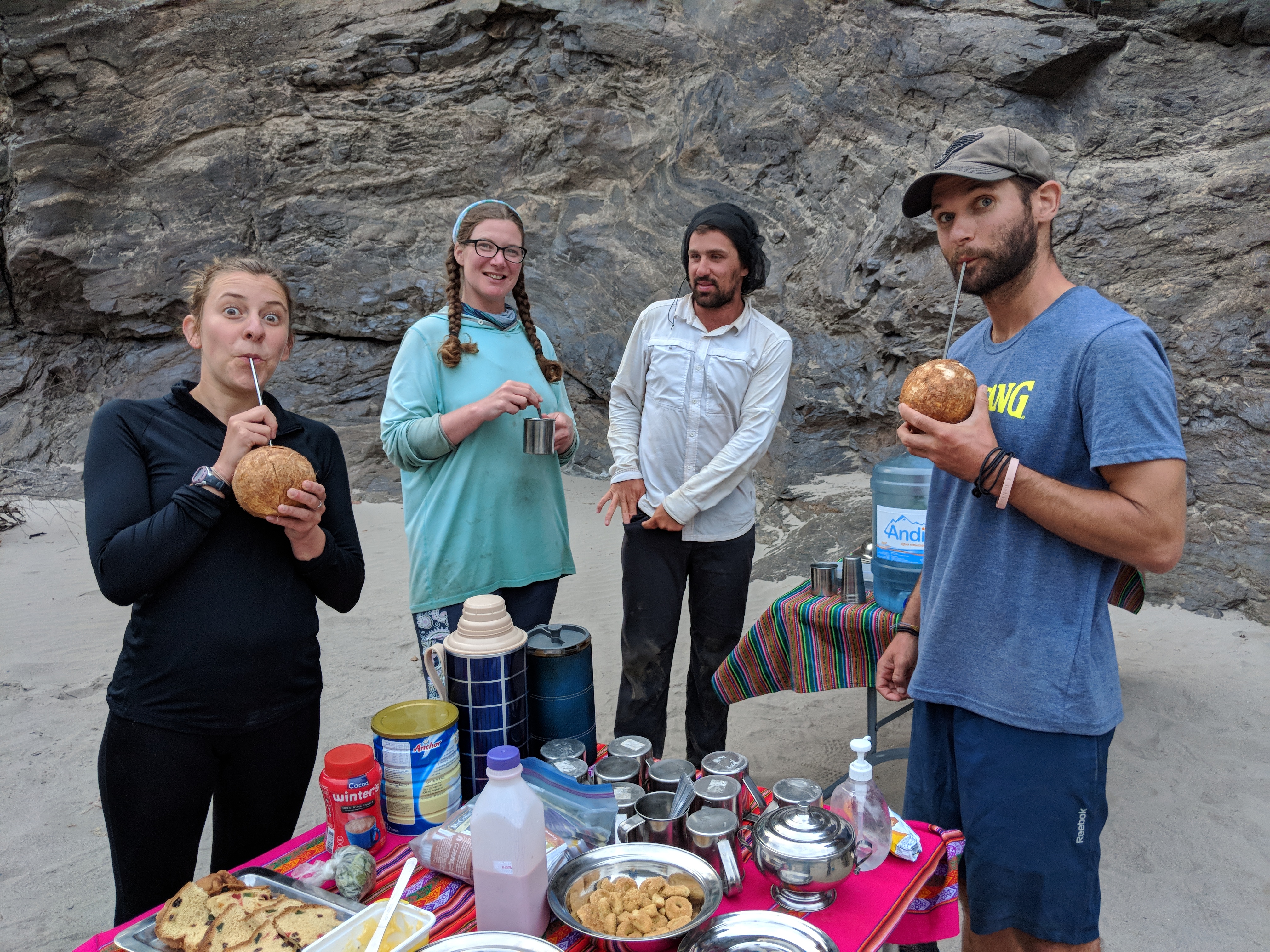
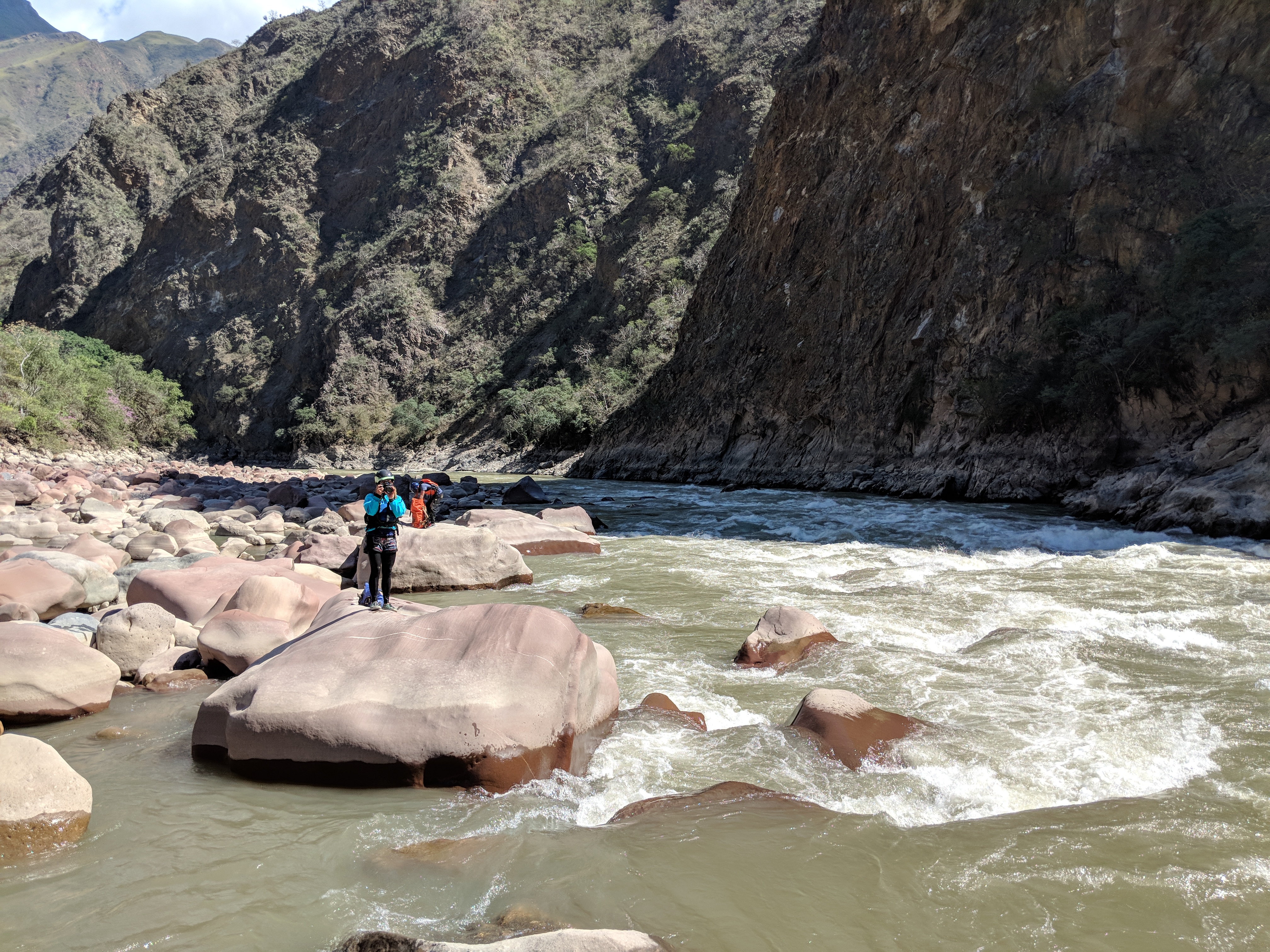
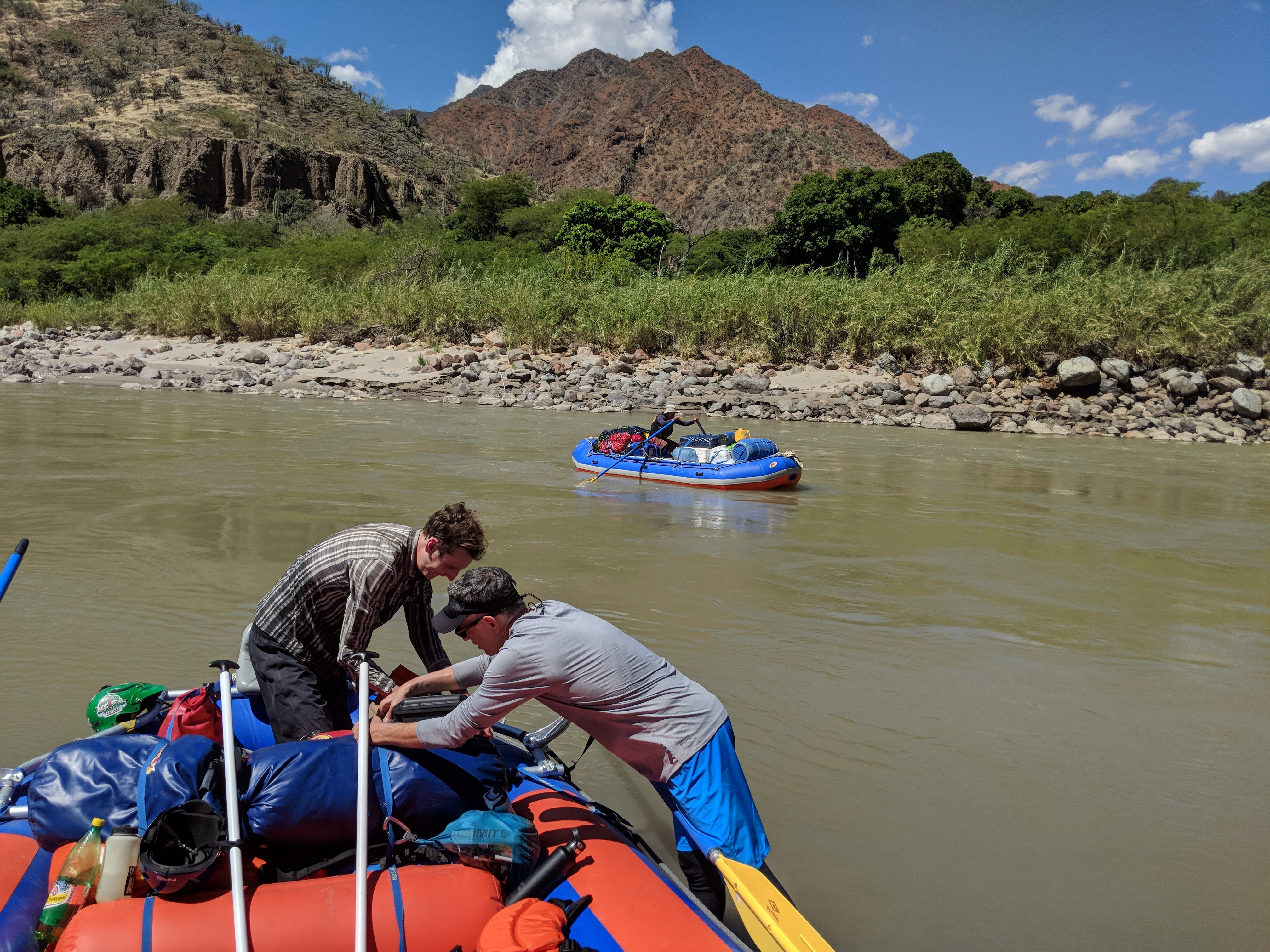
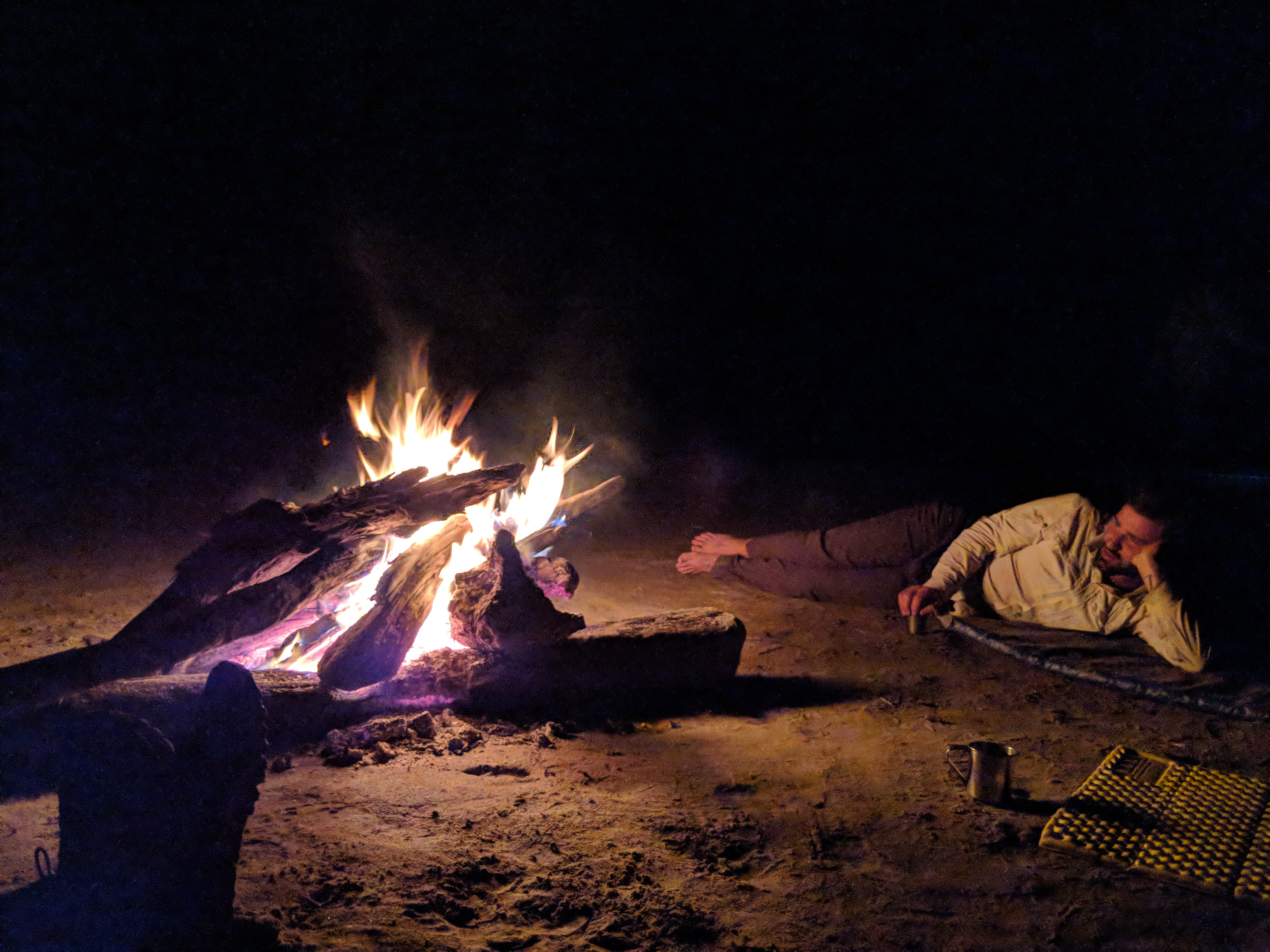
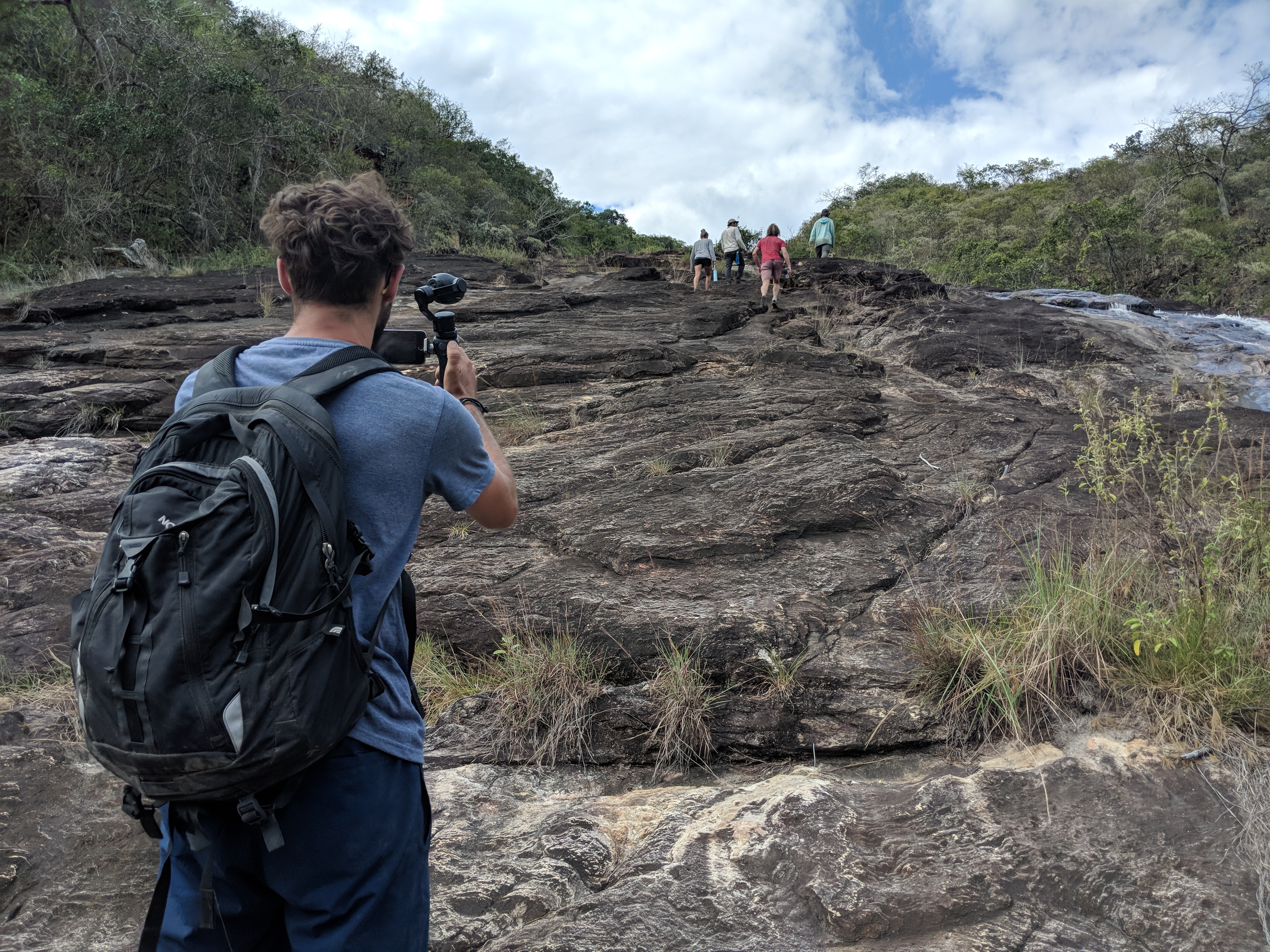
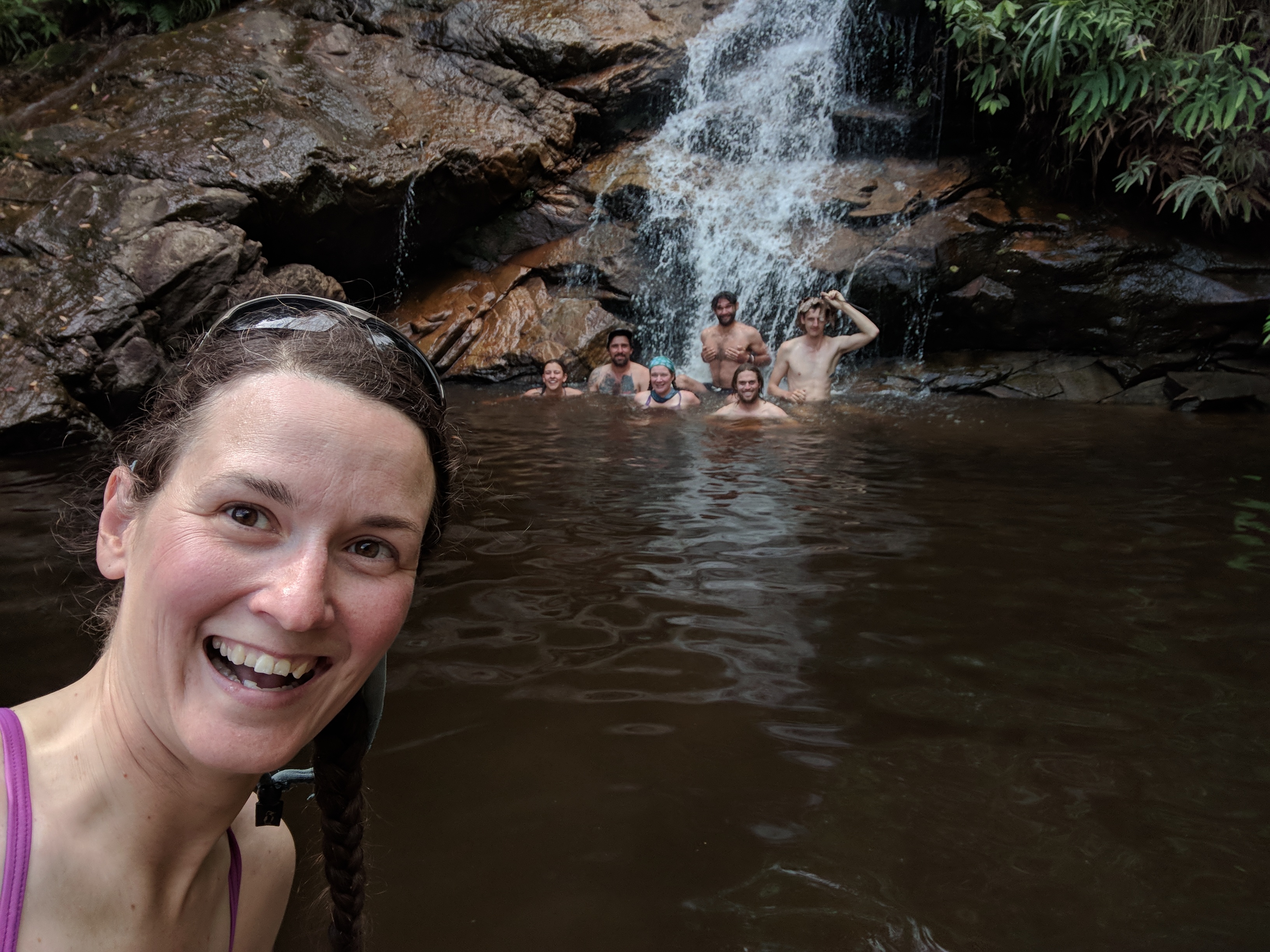
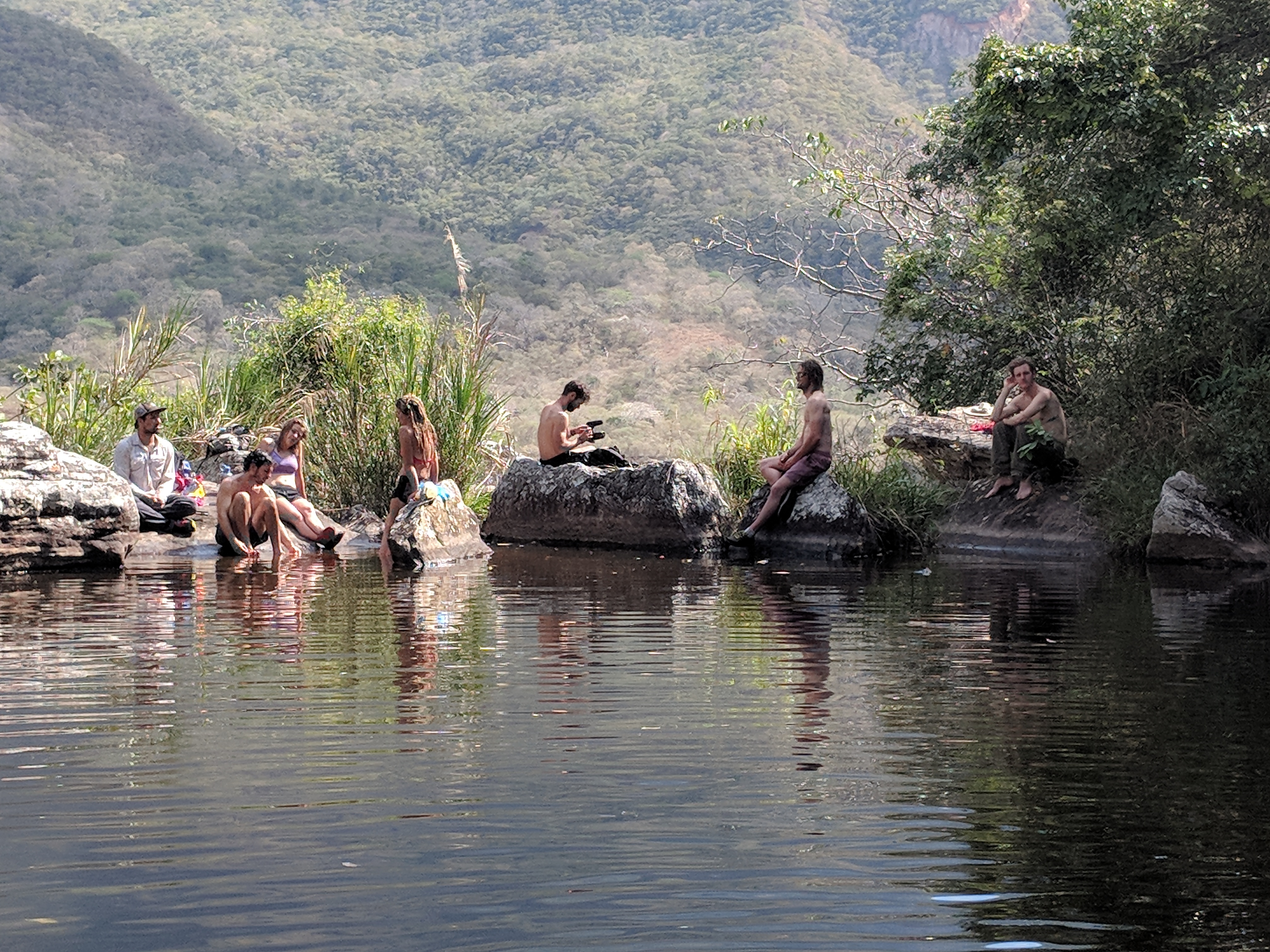
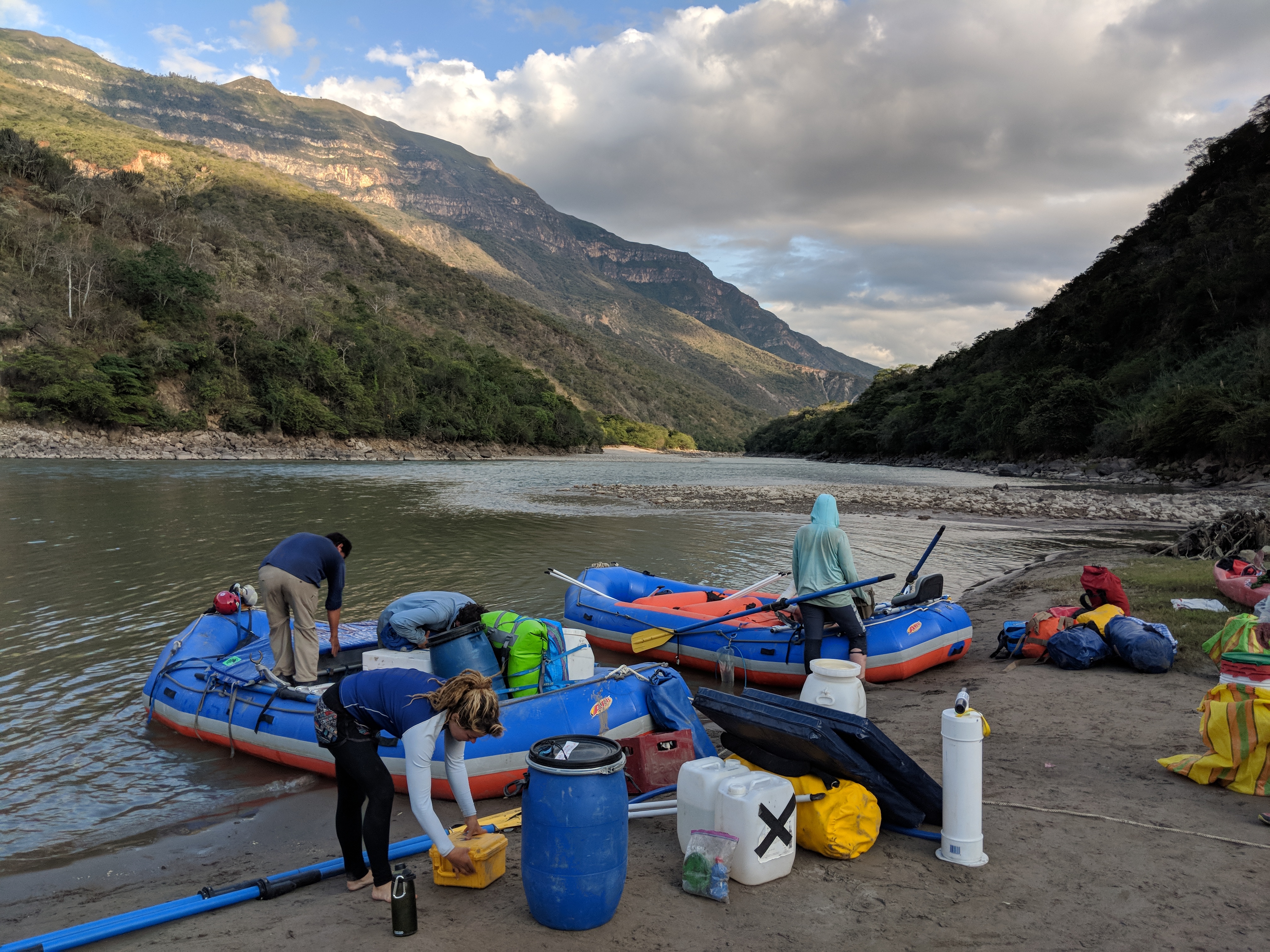
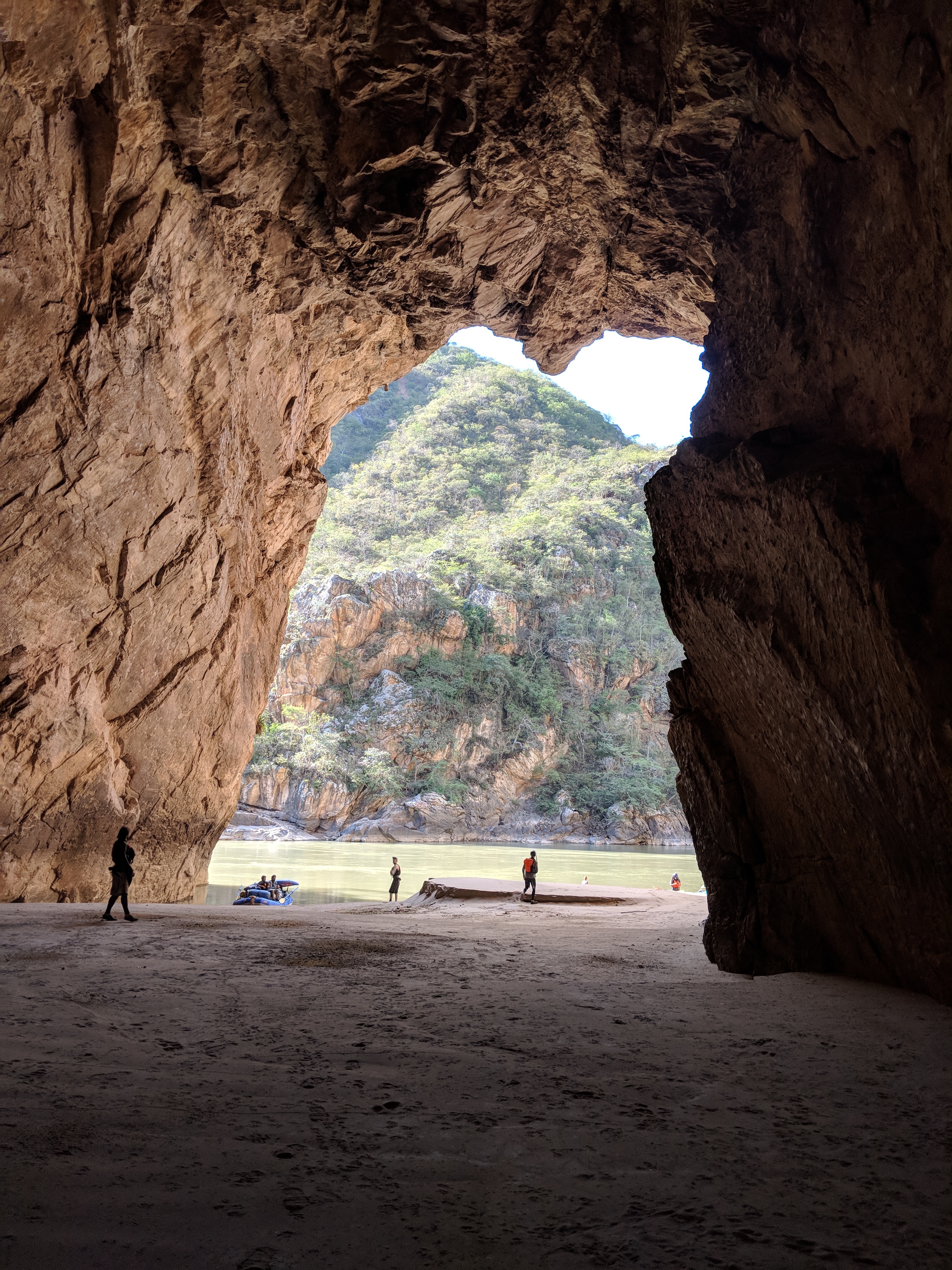
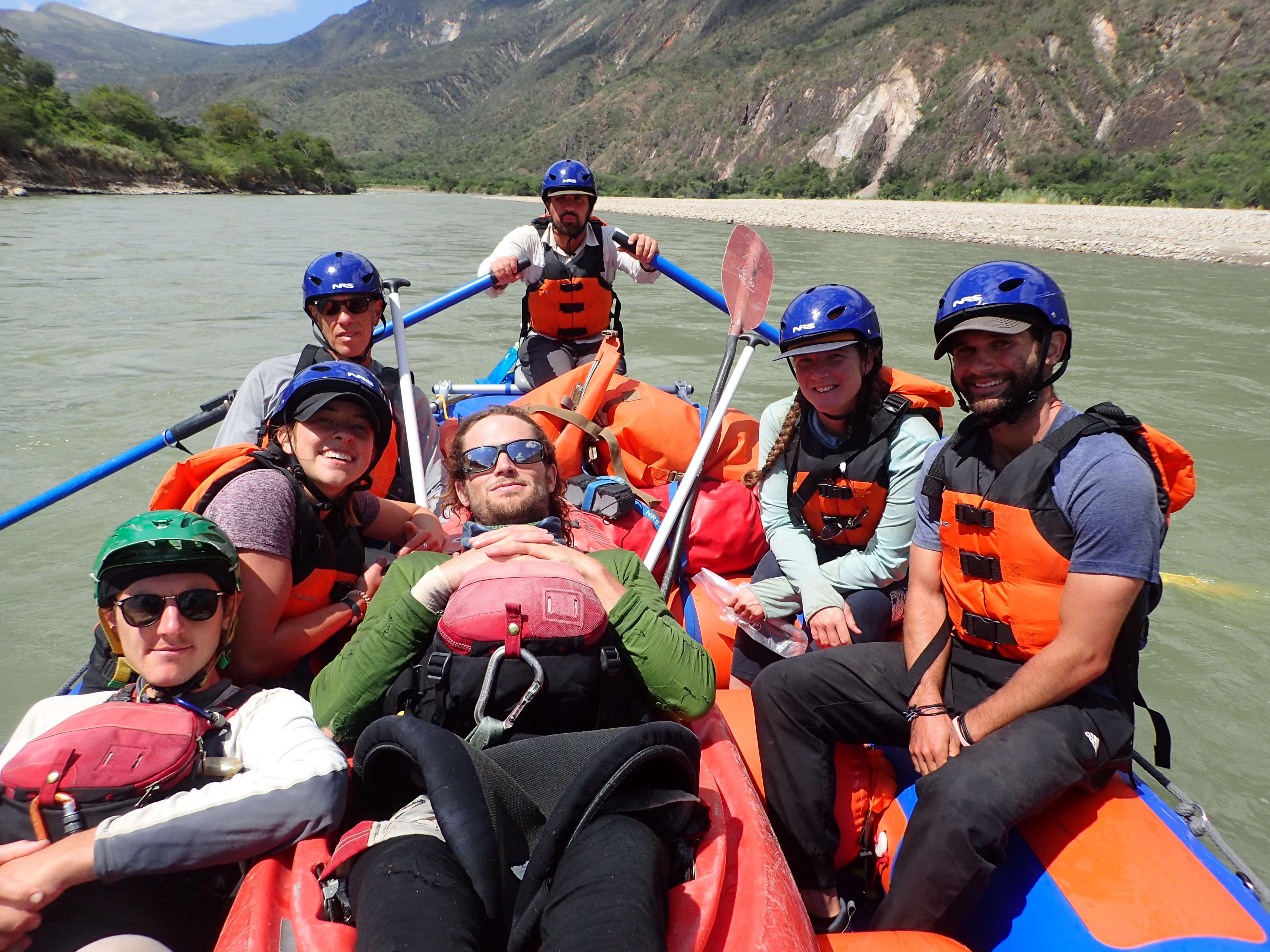
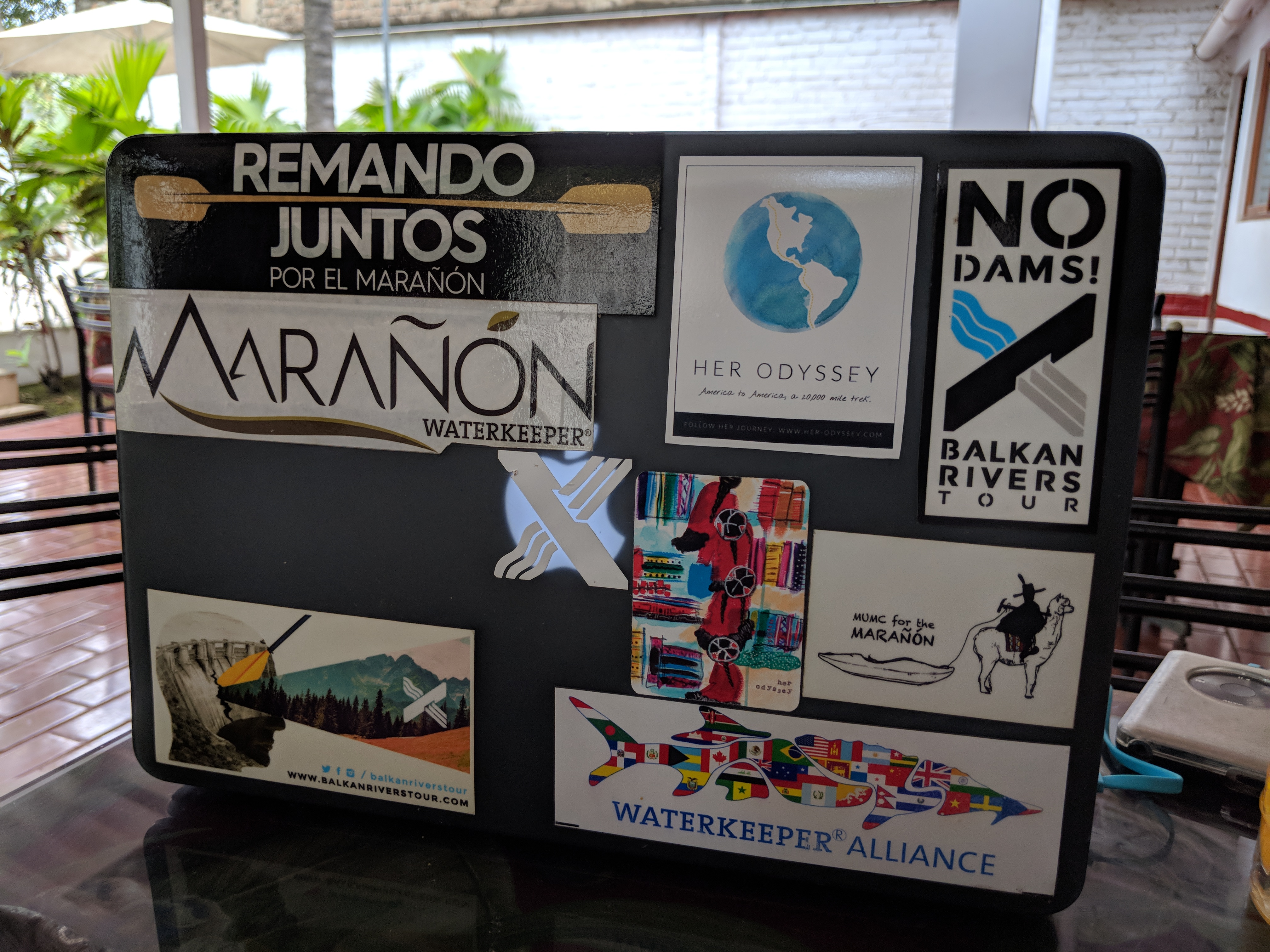
Rafting Rio Marañón
Traduccion por Henry Tovar
Escrito por Neon
[youtube https://www.youtube.com/watch?v=L0rjl-5qCLo&w=560&h=315]
?Nuestro viaje hasta el río Marañón comenzó con un largo viaje en automóvil desde Huaraz; Fuimos al este sobre las montañas y hasta el río. Nuestro guía (y ahora amigo) Ben había escuchado que un túnel a lo largo de nuestro camino podría estar cerrado por reparaciones, por lo que no estábamos seguros de cuándo partir. Decidimos a media mañana, con la esperanza de llegar al área de construcción justo a tiempo para el almuerzo de los trabajadores. Salimos de Huaraz de manera oportuna y el viaje en automóvil fue tan sencillo como lo hacen los viajes en automóvil en Perú. ¡Llegamos al túnel y no había nadie allí! Resulta que la construcción fue en el lado este; Afortunadamente, solo tuvimos que esperar treinta minutos más o menos antes de superarlo. ¡En el río!
Llegamos a la zona de entrada a primera hora de la tarde y pasamos el resto del día clasificando equipo, inflando barcos, aparejando embarcaciones, comiendo y conociéndonos unos a otros. Tener otras siete personas con quienes interactuar era muy diferente al que yo estaba acostumbrado. Aunque a veces es abrumador, fue agradable hablar inglés una vez más y conocer a las personas con las que pasaríamos el próximo mes. La tripulación estaba compuesta por dos peruanos (Luigi y Pablo), dos australianos (Ben y Richard) y cuatro estadounidenses (Jessie, Cloudbuster, Fidgit y yo). Nos dirigimos a la cama después de una comida abundante, cada uno eligiendo nuestra sección favorita de la playa y metiéndonos en sacos de dormir.
A la mañana siguiente, estaba emocionado de subir al río, aunque había más aparejos y cosas que hacer. Tuvimos dos balsas y dos kayaks. Una balsa era para la mayor parte de nuestro equipo y comida, con Pablo en los remos. La otra balsa era para nuestras bolsas secas personales, cuatro humanos con remos y Ben en los remos. Richard y Luigi eran los kayakistas de seguridad, que esperaban con cuerdas de tiro a lo largo de los rápidos y ayudaban a la gente a regresar a su balsa si era necesario.
A media mañana los barcos estaban llenos y listos para partir. Recibimos una lección sobre nadar a través de rápidos y nos fuimos. Durante el resto del día, Ben nos enseñó cómo ayudar a remar a medida que avanzamos junto con la corriente. El agua estaba más fría de lo que había previsto y mi camisa para el sol no ayudó mucho a bloquear el viento, así que estaba agradecida de que el sol nos quedará mientras avanzabamos a la deriva. Desafortunadamente, los errores también se quedaron con nosotros, nos alegramos de tener insecticida.
Después del almuerzo, pasamos por una sección donde el río se estrecha dramáticamente. Después de que pudimos pasar las balsas, celebramos no tirar ningún tubo al atravesar un par de rápidos más antes de acampar en una playa arenosa a lo largo de la orilla del río.
Después de eso, los días comenzaron a difuminarse juntos. Los días pasaban como el agua en la que estábamos, aunque todavía teníamos algo parecido a la rutina: despertarse, desayunar, empacar los botes, ir al siguiente campamento. Cada rápido que golpeamos tenía sus propias características, y cada cañón lateral que exploramos era único, aunque las fotos hacen un mejor trabajo al representar eso de lo que yo podría hacer en palabras. Incluso había un campamento con su propia piscina de aguas termales justo encima de la orilla del río de arena. A lo largo de los días, mis huellas digitales se desvanecieron, la arena se metió en todo y pasaron dos semanas en un abrir y cerrar de ojos. Nos detuvimos en La Balsas, listos para un día de ciudad (o dos) y una ducha.
Pablo se quedó con los botes, mientras los otros siete de nosotros empacamos equipo en la camioneta de Luigi y nos dirigimos a Cajamarca, a cinco horas en auto. Pasamos los siguientes días haciendo todo lo posible para limpiar la arena, bueno, en todas partes. También reunimos a tres personas más para nuestro equipo: Dan y Christine llegaron desde Filadelfia, y Steve vino de Los Ángeles para llevarnos a un equipo de once personas durante la última semana de nuestro viaje. A pesar de la terrible experiencia de viaje de Dan y Christine al bajar (cancelaron vuelos y se vieron afectados) y algo de equipaje perdido, todos regresamos a La Balsas listos para continuar a lo largo del río.
Reordenar el equipo y agregar algunas personas al barco de pasajeros agregó forraje para compartir historias del río arriba, así como aprender más sobre las nuevas incorporaciones a nuestro equipo. Les contamos a Dan, a Christine y a Steve sobre los rápidos que habíamos vivido / caminado / me he quedado atrapada y compartieron historias de viajes de sus viajes anteriores: rafting, caminar por el Camino de Santiago o caminar por Colombia.
Como equipo, estábamos compartiendo una película en el camino; nos detuvimos en muchas ciudades, y Ben iba a preguntar si les gustaría una copia que había hecho de ‘Confluir’. También estábamos haciendo proyecciones de la película en ciertos pueblos, algunos planeados, otros no como estaban planeados. Todo el mundo con el que hablamos estaba interesado en ver la película sobre el río que pasaba por su pueblo, y las represas que (hasta la fecha) habían sido cerradas por los poderes fácticos. Tan escépticos como muchas personas eran de afuera, también eran curiosos. Me alegré de poder compartir algo con ellos a pesar de que estábamos de paso.
De vuelta en el río, volvimos a establecernos en nuestra rutina, además de tres personas que fueron extremadamente útiles y fáciles de tratar. Cada día trajo una nueva caminata rápida o lateral. Nuestro primer día nublado en semanas también coincidió con un largo día de río lleno de rápidos. Nos detuvimos en el campamento más tarde de lo habitual, aunque todavía con buen ánimo, ¡sin duda disfrutamos de la fogata esa noche!
Cerca del final de nuestro viaje, tomamos otro río cero en una playa que poseía Maranon Experience (la compañía que pudimos hacer nuestro viaje de rafting). Los copropietarios están trabajando para convertirlo en un área de conservación con la esperanza de alentar al país de Perú y a las empresas internacionales a que dejen de intentar detener a Rio Marañón. La tierra tenía un arroyo que lo atravesaba con muchas piscinas para nadar. Pudimos sentarnos en las piscinas durante el calor de la tarde, hablando y disfrutando de la compañía de los demás.
El último día de nuestro viaje por el río fue como cualquier otro: levántate, come, empaca los botes, sube al río. La diferencia estaba en el take out: analizamos todo y separamos el equipo antes de dirigirnos a Jaén. Todo era surrealista para mí: nos habíamos acostumbrado a la rutina del río y de repente ya no estábamos en él. Tuve problemas para caminar en terrenos planos y necesité tiempo para procesar el increíble viaje por el río, así como también las personas a las que había llamado amigos durante el último mes.
Todos nos quedamos juntos en Jaén, nos despedimos y apreciamos nuestros últimos momentos juntos (por ahora) mientras recordamos y planificamos el futuro. Lentamente, la gente comenzó a partir; Steve se fue a Los Ángeles; al día siguiente, Dan, Christine y Cloudbuster regresaron a Estados Unidos. Más tarde ese día, Ben y Richard se dirigieron a explorar un arroyo cercano. Fidgit y yo tomamos un día y caminamos 38km por la carretera hacia Jaén para terminar Perú. Jessi y Luigi se detuvieron para despedirse después del desayuno del día siguiente. Fidgit y yo comenzamos a hacer nuestro camino de regreso a donde habíamos caminado en Ecuador, nuestras fibras del corazón estaban tiradas en tantas direcciones. La tristeza, el vacío, los sentimientos de logro y la anticipación fueron solo algunas de las emociones con las que estaba revoloteando mientras cruzábamos hacia Ecuador.
Click here to visit Neon’s blog page
























































Comments (5)
the pictures!!! amazing. i love following you both and all the people you encounter on your road to save the world! i love you so
Did you hear me thinking about you?!
You left this comment at the exact time as you came to mind while we giggled and tromped through a bog at 4200 m.
Lovely pics! Funny how the Marañón is all rocky, whereas the other big rivers further East (Huallaga and Ucayali) are all green. By the way, that place is called Balsas, not la Balsas.
Amazing scenery !
I can see why your heartstrings were pulled in all directions after a trip like that and departing comrades…
Cheers
Thanks, Armstrong! It was certainly an adventure.